Shows
 Namaskar India - Tales from Indian History and MythologyKaal Bhairava: The Fierce Guardian of Kashi | Concept of Time SeriesKashi, the city of light, stands as a testament to creation, destruction, and ultimately, redemption. This ancient city, bathed in the sacred waters of the Ganges, has a story as old as time itself, intertwined with the divine narratives of Shiva Purana. From Lord Brahma and Vishnu's delusion to Kaal Bhairav's wrathful origin, Kashi has witnessed a play of cosmic forces that ultimately underscored Shiva's supremacy as the lord of creation, destruction, and liberation. The city houses the famed Kashi Vishwanath Jyotirlinga, a beacon of spiritual energy believed to be the embodiment of Shiva himself. It is said that...2025-05-1315 min
Namaskar India - Tales from Indian History and MythologyKaal Bhairava: The Fierce Guardian of Kashi | Concept of Time SeriesKashi, the city of light, stands as a testament to creation, destruction, and ultimately, redemption. This ancient city, bathed in the sacred waters of the Ganges, has a story as old as time itself, intertwined with the divine narratives of Shiva Purana. From Lord Brahma and Vishnu's delusion to Kaal Bhairav's wrathful origin, Kashi has witnessed a play of cosmic forces that ultimately underscored Shiva's supremacy as the lord of creation, destruction, and liberation. The city houses the famed Kashi Vishwanath Jyotirlinga, a beacon of spiritual energy believed to be the embodiment of Shiva himself. It is said that...2025-05-1315 min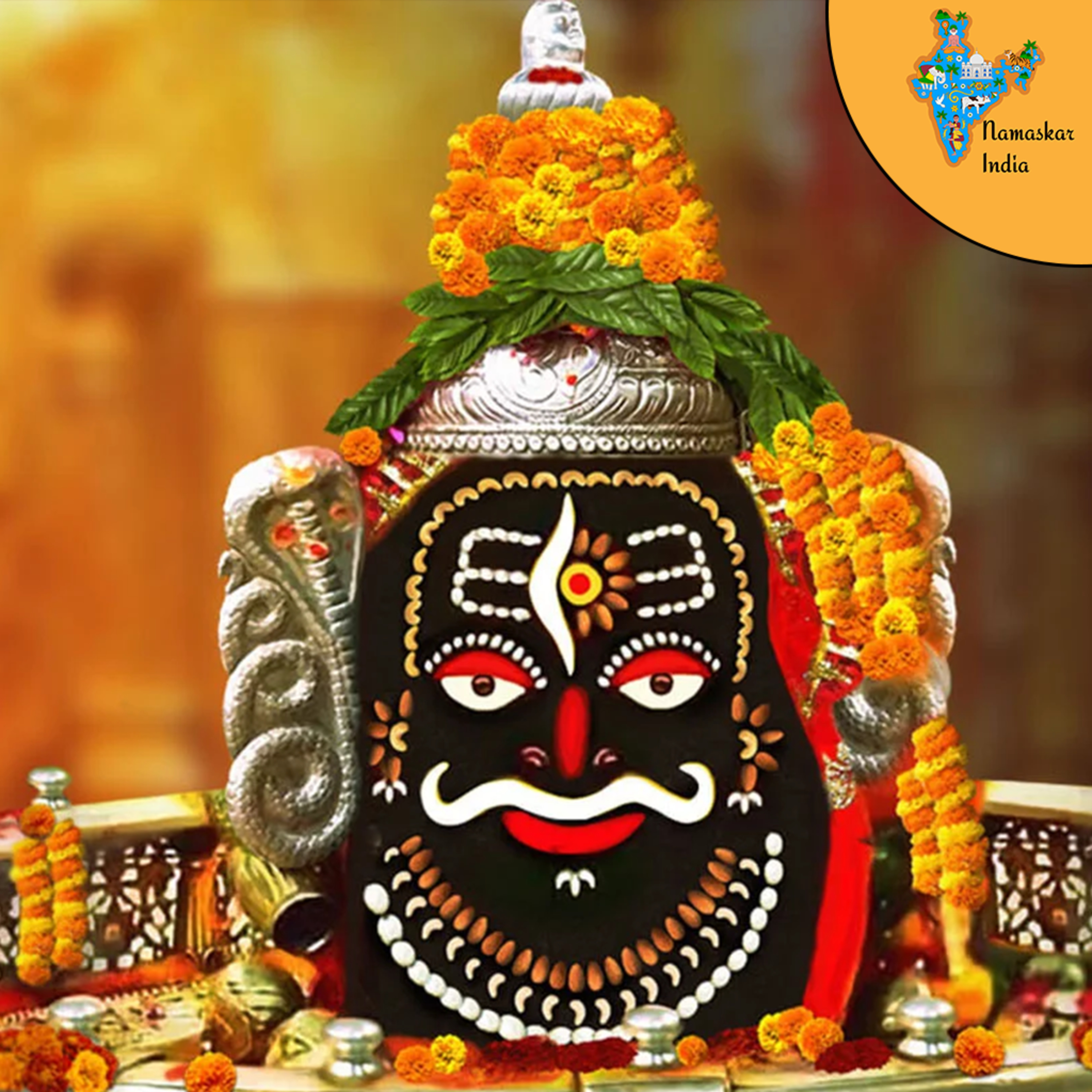 Namaskar India - Tales from Indian History and MythologyMahakaleshwar: The Embodiment of Time and Death | Concept of Time SeriesThis episode delves into the profound concept of time and death in Hindu philosophy, embodied by Lord Shiva as Mahakaal. Set against the backdrop of the holy Mahakaleshwar temple in Ujjain (India), the episode weaves together mythology, astronomy, and spiritual insights.Contact, follow and support my work - all in one place: https://linktr.ee/NamaskarIndiaBibliography:Shastri, J. L. (1970). Shivapurana. Motilal Banarsidass Publishers.Flood, G. D. (1996). An Introduction to Hinduism. Cambridge University Press.Kramrisch, S. (1981). The Presence of Siva. Princeton University Press.2025-03-2409 min
Namaskar India - Tales from Indian History and MythologyMahakaleshwar: The Embodiment of Time and Death | Concept of Time SeriesThis episode delves into the profound concept of time and death in Hindu philosophy, embodied by Lord Shiva as Mahakaal. Set against the backdrop of the holy Mahakaleshwar temple in Ujjain (India), the episode weaves together mythology, astronomy, and spiritual insights.Contact, follow and support my work - all in one place: https://linktr.ee/NamaskarIndiaBibliography:Shastri, J. L. (1970). Shivapurana. Motilal Banarsidass Publishers.Flood, G. D. (1996). An Introduction to Hinduism. Cambridge University Press.Kramrisch, S. (1981). The Presence of Siva. Princeton University Press.2025-03-2409 min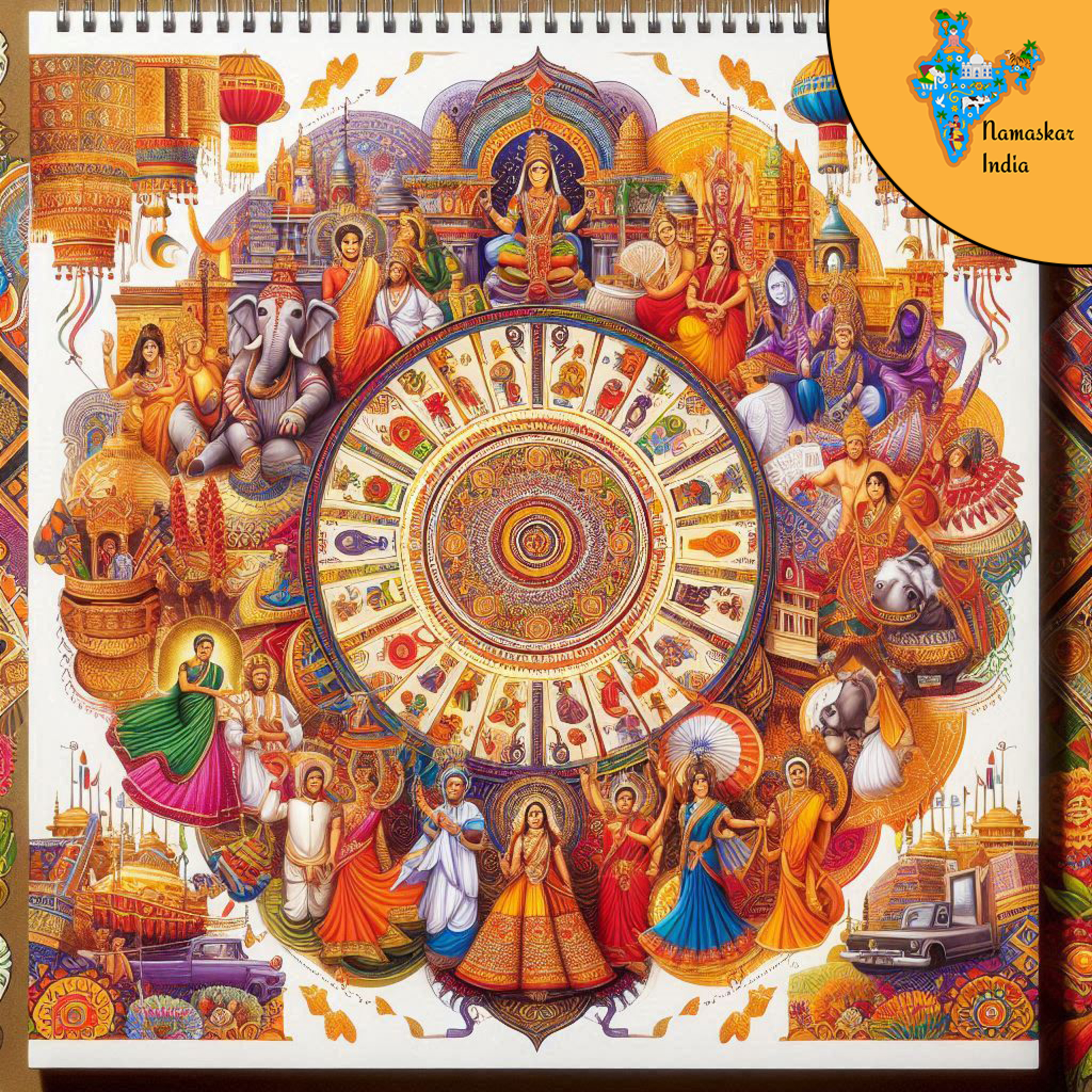 Namaskar India - Tales from Indian History and MythologyPanchang: The Hindu Almanac | Concept of Time SeriesUncover how the 'five limbs' of Panchang - Tithi, Yoga, Karana, Nakshatra and Var - shape daily life and auspicious events through celestial observations. Learn how the Hindu calendar harmoniously blends solar and lunar cycles to maintain alignment with nature's rhythms, ensuring a prosperous life in tune with the cosmic order.Bibliography:Sen, S. N., & Bag, A. K. (1983). The Sūrya-Siddhānta: A Text-book of Hindu Astronomy. Philadelphia: American Philosophical Society.Kapoor, S. D. (2005). Indian Calendar from Post-Vedic Period to AD 1900: An Analytical Study. New Delhi: Bharatiya Vidya Bhavan.Burgess, E...2025-03-0209 min
Namaskar India - Tales from Indian History and MythologyPanchang: The Hindu Almanac | Concept of Time SeriesUncover how the 'five limbs' of Panchang - Tithi, Yoga, Karana, Nakshatra and Var - shape daily life and auspicious events through celestial observations. Learn how the Hindu calendar harmoniously blends solar and lunar cycles to maintain alignment with nature's rhythms, ensuring a prosperous life in tune with the cosmic order.Bibliography:Sen, S. N., & Bag, A. K. (1983). The Sūrya-Siddhānta: A Text-book of Hindu Astronomy. Philadelphia: American Philosophical Society.Kapoor, S. D. (2005). Indian Calendar from Post-Vedic Period to AD 1900: An Analytical Study. New Delhi: Bharatiya Vidya Bhavan.Burgess, E...2025-03-0209 min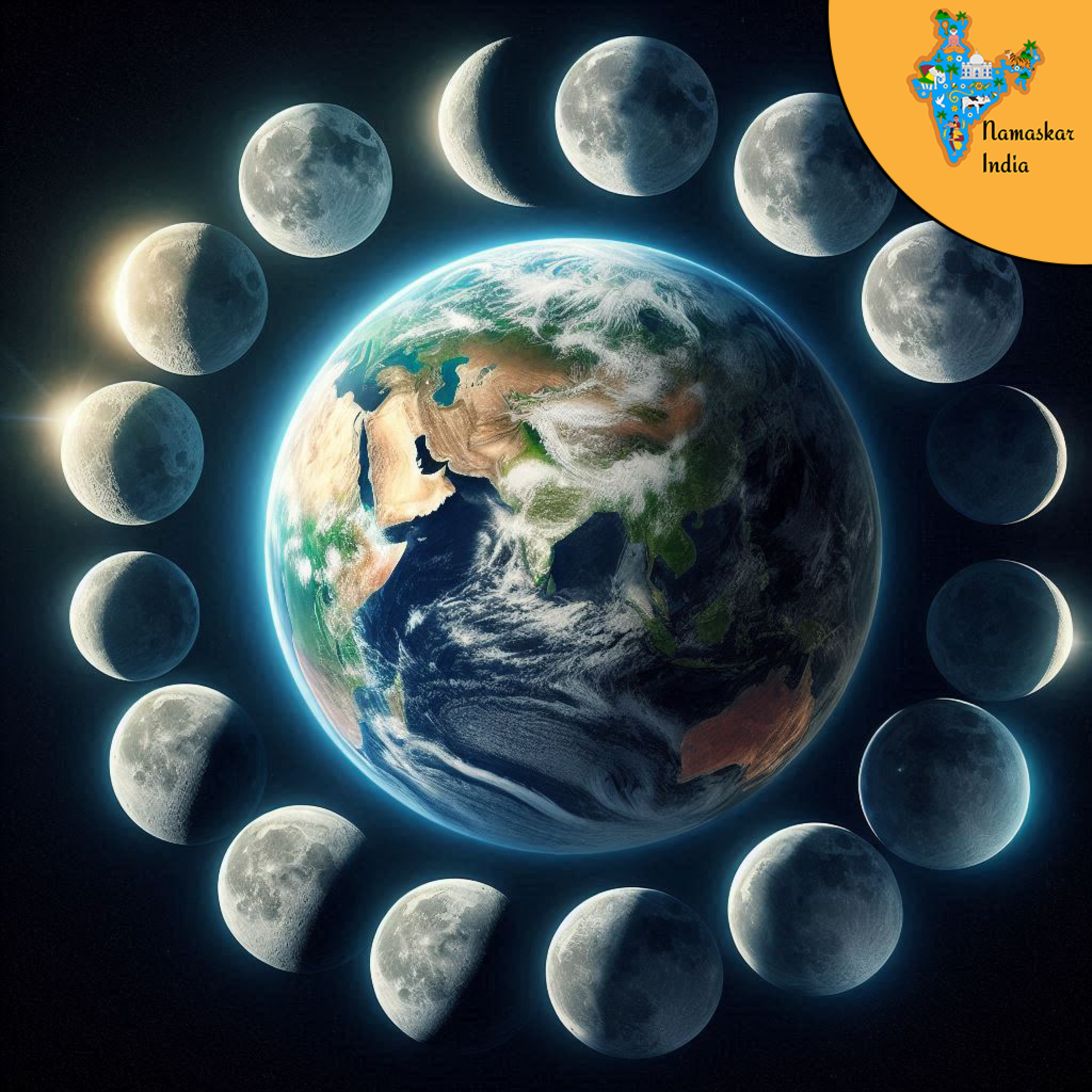 Namaskar India - Tales from Indian History and MythologyTithi: A Lunar Odyssey | Concept of Time SeriesThis episode uncovers the captivating world of tithis, the lunar days that form the core of the Hindu calendar. We delve into their calculation based on the moon's celestial dance and explore the two dominant systems, Amavasyanta and Purnimanta. We uncover the fascinating phenomena of Tithi Vrddhi and Tithi Kshaya, caused by the moon's varying speed due to its elliptical orbit.Bibliography:Seth, H. C. (1994). Hindu calendar. Motilal Banarsidass Publishers.Lochtefeld, J. (2002). Tithis in the Hindu calendar. In The illustrated encyclopedia of Hinduism (Vol. 2, pp. 710-711). Rosen Publishing....2025-01-2207 min
Namaskar India - Tales from Indian History and MythologyTithi: A Lunar Odyssey | Concept of Time SeriesThis episode uncovers the captivating world of tithis, the lunar days that form the core of the Hindu calendar. We delve into their calculation based on the moon's celestial dance and explore the two dominant systems, Amavasyanta and Purnimanta. We uncover the fascinating phenomena of Tithi Vrddhi and Tithi Kshaya, caused by the moon's varying speed due to its elliptical orbit.Bibliography:Seth, H. C. (1994). Hindu calendar. Motilal Banarsidass Publishers.Lochtefeld, J. (2002). Tithis in the Hindu calendar. In The illustrated encyclopedia of Hinduism (Vol. 2, pp. 710-711). Rosen Publishing....2025-01-2207 min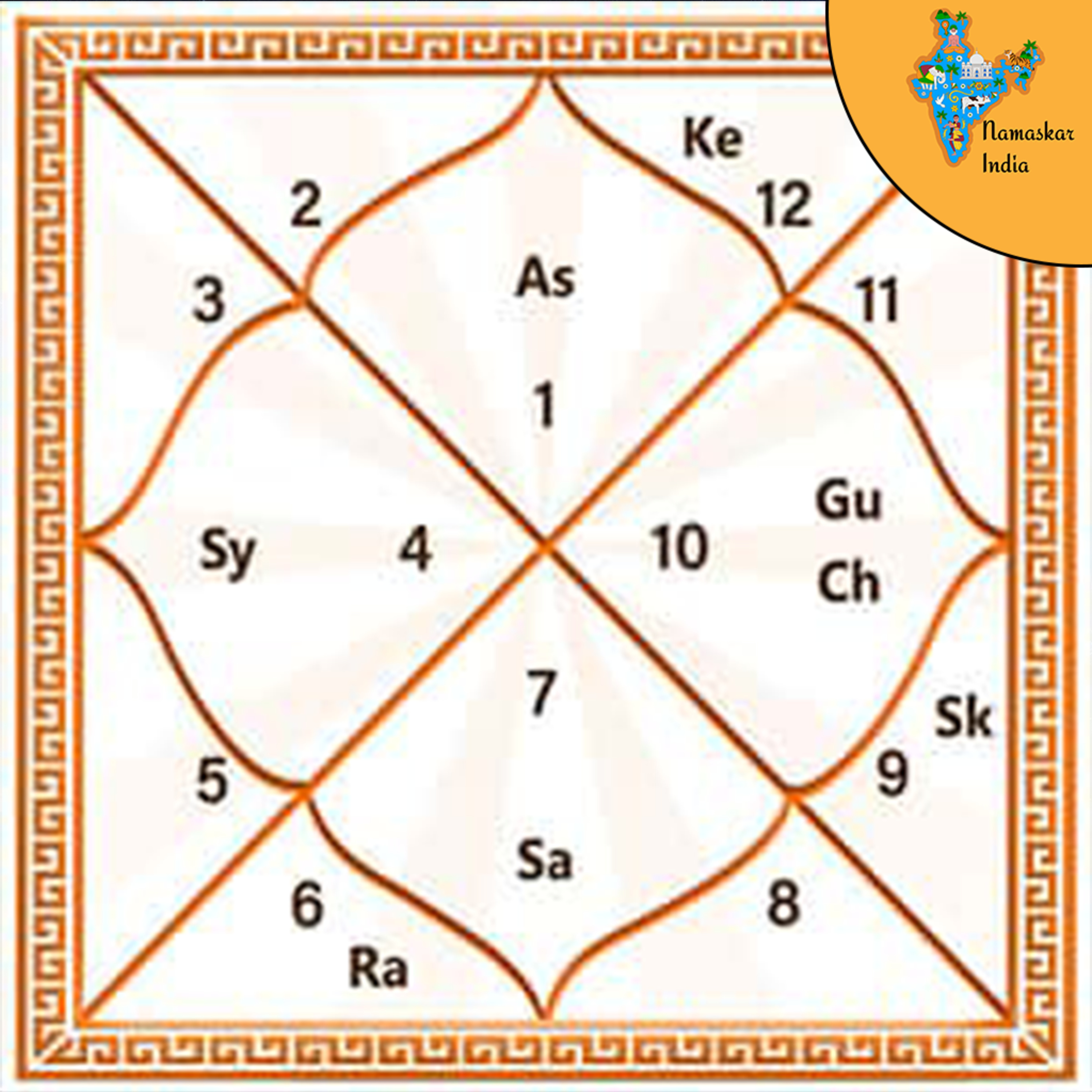 Namaskar India - Tales from Indian History and MythologyKundali: The Cosmic Blueprint | Concept of Time SeriesKundali: Is it destiny written in the stars or an intriguing system of ancient wisdom? We're diving into the world of birth charts, exploring how they're made, and what they might (or might not) tell us about ourselves.Bibliography:Parāśara, & Rao, R. S. (2000). Brihat Parashara Hora Shastra (Vol. 1). Parashara Jyotishalaya.deFouw, H., & Svoboda, R. (1996). Light on Life: An Introduction to the Astrology of India. Lotus Press. Kurczak, R. (2011). The Art and Practice of Vedic Astrology: Vol 1: The Fundamentals of Chart Interpretation. Himalayan Institute.Topic: His...2025-01-1210 min
Namaskar India - Tales from Indian History and MythologyKundali: The Cosmic Blueprint | Concept of Time SeriesKundali: Is it destiny written in the stars or an intriguing system of ancient wisdom? We're diving into the world of birth charts, exploring how they're made, and what they might (or might not) tell us about ourselves.Bibliography:Parāśara, & Rao, R. S. (2000). Brihat Parashara Hora Shastra (Vol. 1). Parashara Jyotishalaya.deFouw, H., & Svoboda, R. (1996). Light on Life: An Introduction to the Astrology of India. Lotus Press. Kurczak, R. (2011). The Art and Practice of Vedic Astrology: Vol 1: The Fundamentals of Chart Interpretation. Himalayan Institute.Topic: His...2025-01-1210 min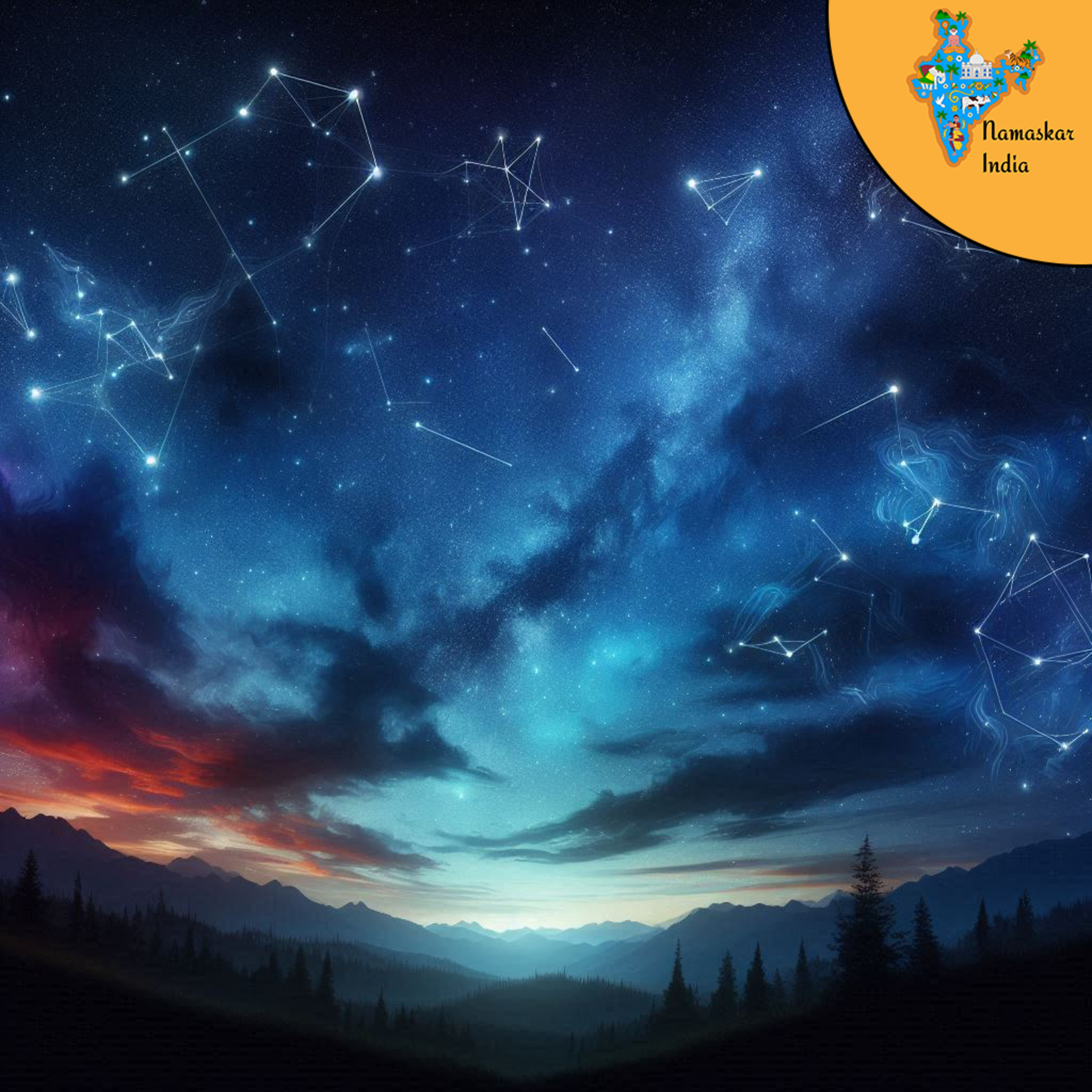 Namaskar India - Tales from Indian History and MythologyCosmic Timekeeping: The Nakshatras | Concept of Time SeriesThis episode explores the nakshatras, the fundamental concept of the Vedic astrological system. Nakshatras refer to the division of the sky into 27 equal segments, each named after a prominent star. Aligning with the 12 zodiac signs, nakshatras are considered a cosmic clock, with one day passing as the moon moves through each nakshatra, repeating every 27 days. Bibliography:Padmanabham, T. (2017). History of Indian Astronomy. Springer.Dixit, B., & Sewell, R. (2013). Indian Calendar.Subbarayappa, B. V. (2004). The history of Indian astronomy. Springer.Harness, D. M. (1999). The nakshatras: The lunar mansions o...2024-10-2911 min
Namaskar India - Tales from Indian History and MythologyCosmic Timekeeping: The Nakshatras | Concept of Time SeriesThis episode explores the nakshatras, the fundamental concept of the Vedic astrological system. Nakshatras refer to the division of the sky into 27 equal segments, each named after a prominent star. Aligning with the 12 zodiac signs, nakshatras are considered a cosmic clock, with one day passing as the moon moves through each nakshatra, repeating every 27 days. Bibliography:Padmanabham, T. (2017). History of Indian Astronomy. Springer.Dixit, B., & Sewell, R. (2013). Indian Calendar.Subbarayappa, B. V. (2004). The history of Indian astronomy. Springer.Harness, D. M. (1999). The nakshatras: The lunar mansions o...2024-10-2911 min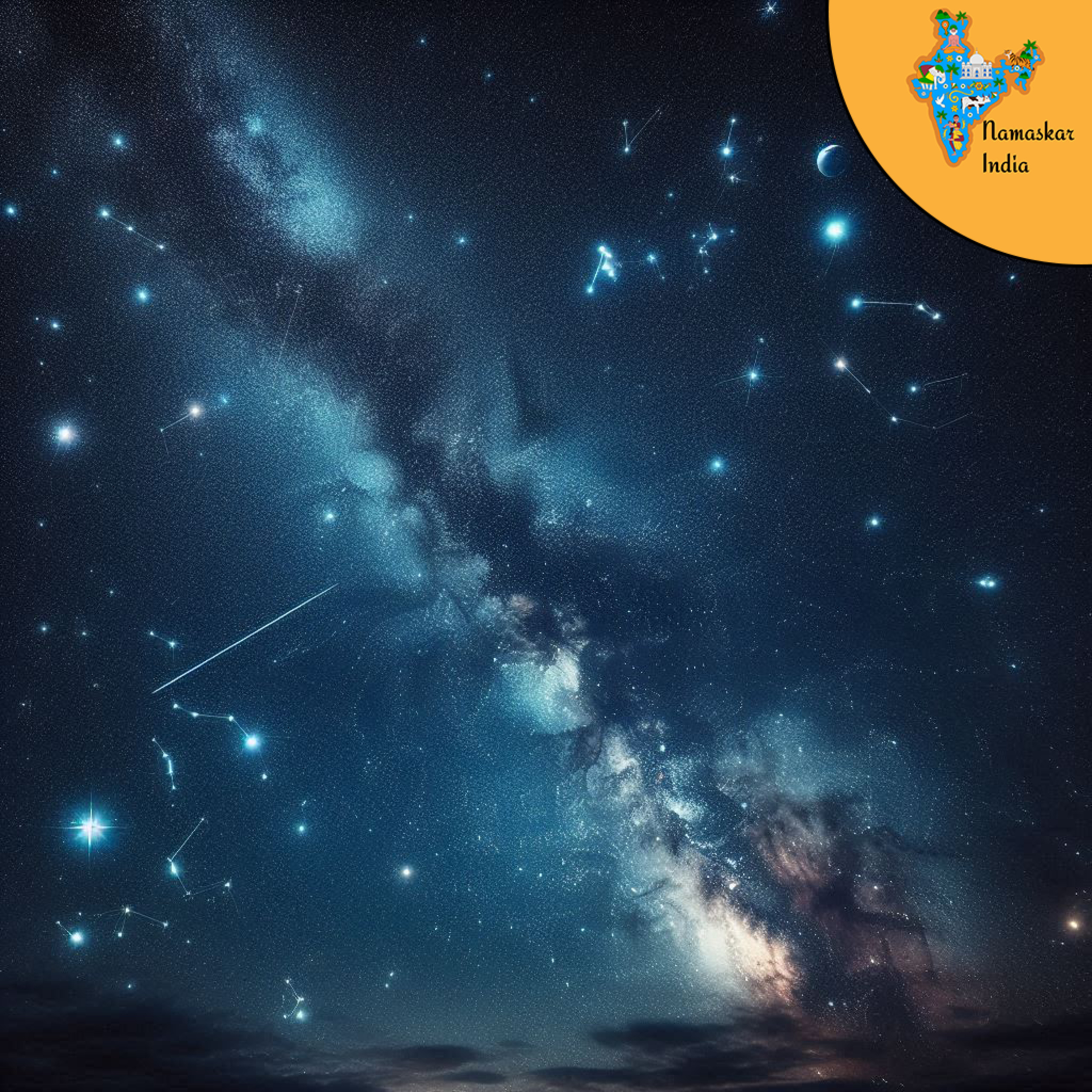 Namaskar India - Tales from Indian History and MythologyChoosing Your Zodiac: Sidereal or Tropical | Concept of Time SeriesIn this episode, we will discuss the difference between sidereal and tropical zodiac systems used in Indian and Western astrology respectively. The sidereal zodiac is based on stars and the tropical zodiac is based on the sun's position. We will also cover the precession of the equinoxes, which causes the spring equinox to move along the orbit and creates a difference between these two zodiacs over time. Bibliography:Campion N. (2012). A History of Western Astrology. A&C Black.O'Connell, P. J. (2015). The Sidereal and Tropical Zodiacs: An Historical Survey. Culture a...2024-08-1909 min
Namaskar India - Tales from Indian History and MythologyChoosing Your Zodiac: Sidereal or Tropical | Concept of Time SeriesIn this episode, we will discuss the difference between sidereal and tropical zodiac systems used in Indian and Western astrology respectively. The sidereal zodiac is based on stars and the tropical zodiac is based on the sun's position. We will also cover the precession of the equinoxes, which causes the spring equinox to move along the orbit and creates a difference between these two zodiacs over time. Bibliography:Campion N. (2012). A History of Western Astrology. A&C Black.O'Connell, P. J. (2015). The Sidereal and Tropical Zodiacs: An Historical Survey. Culture a...2024-08-1909 min Namaskar India - Tales from Indian History and MythologyThe Rashis: From Mesha to Meena | Concept of Time SeriesIn this episode, we explore the concept of the zodiac and its origins. We delve into the relationship between the Sun, Moon, and planets and how their movements in the sky have been used for centuries to guide astrological predictions. We also discuss the ecliptic plane and how it relates to the zodiac. Bibliography:Rochberg, F. (1998). Astrology in Ancient Mesopotamia: The Science of Omens and the Knowledge of the Heavens. University of Chicago Press.Hoskin, M. (2003). The History of Astronomy: A Very Short Introduction. Oxford University Press.Tyson, N...2024-07-2111 min
Namaskar India - Tales from Indian History and MythologyThe Rashis: From Mesha to Meena | Concept of Time SeriesIn this episode, we explore the concept of the zodiac and its origins. We delve into the relationship between the Sun, Moon, and planets and how their movements in the sky have been used for centuries to guide astrological predictions. We also discuss the ecliptic plane and how it relates to the zodiac. Bibliography:Rochberg, F. (1998). Astrology in Ancient Mesopotamia: The Science of Omens and the Knowledge of the Heavens. University of Chicago Press.Hoskin, M. (2003). The History of Astronomy: A Very Short Introduction. Oxford University Press.Tyson, N...2024-07-2111 min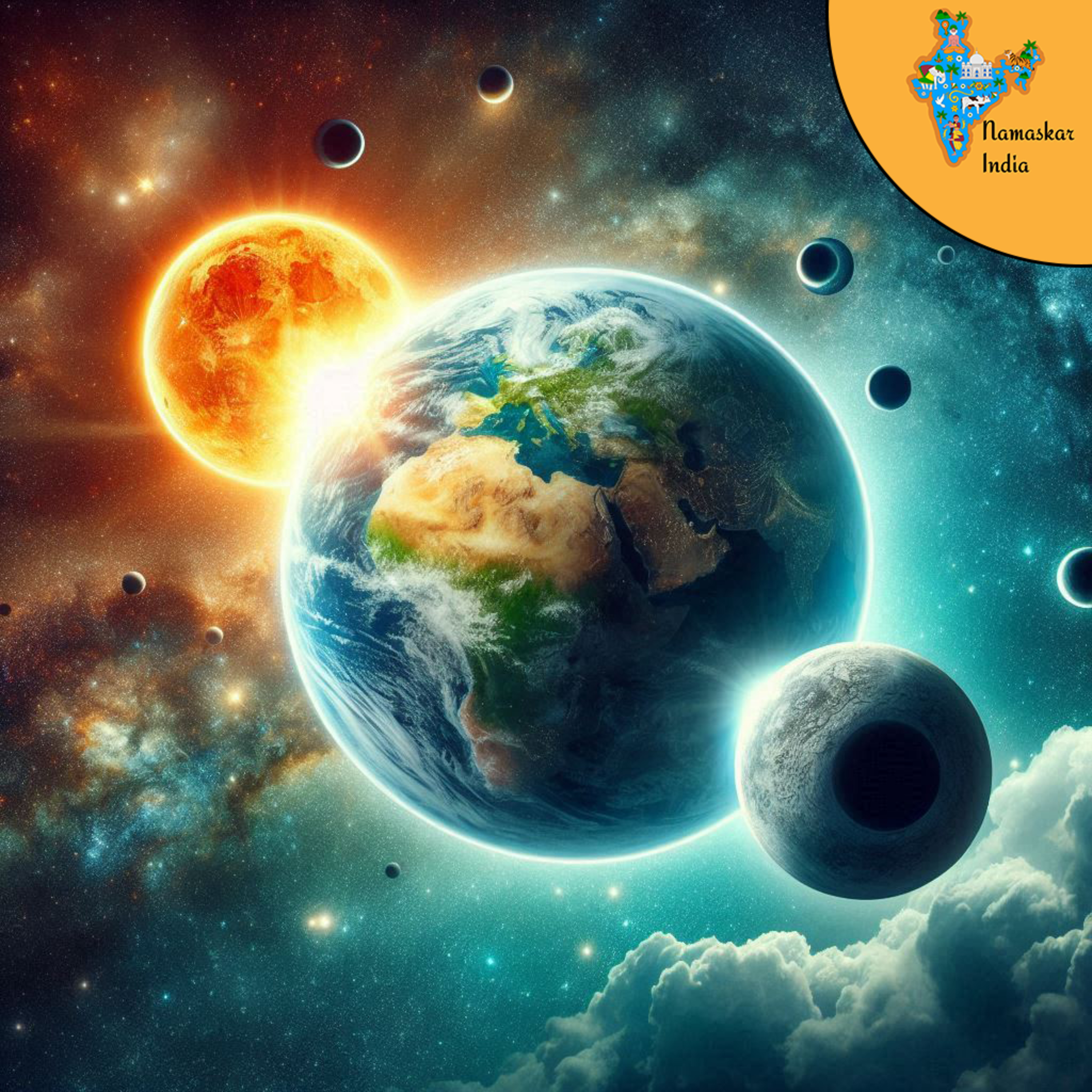 Namaskar India - Tales from Indian History and MythologyRahu and Ketu: The Mysterious Lunar Nodes | Concept of Time SeriesIn this episode, we unravel the mystery of Rahu and Ketu, often referred to as shadow planets in Hindu astrology. We delve into their origin story, and how their dharma has been to seek revenge against the Sun and the Moon. We will also dive into the captivating subject of eclipses and uncover the science behind these celestial events.Bibliography:Pattanaik, D. (2013). Myth = Mithya: A Handbook of Hindu Mythology. Penguin UK.Cooley, G. A. (2020). Solar Eclipses and Planetary Alignments. Xlibris Corporation.Close, F. E. (2017). Eclipse: History. Science. Awe. Oxford University...2024-07-1304 min
Namaskar India - Tales from Indian History and MythologyRahu and Ketu: The Mysterious Lunar Nodes | Concept of Time SeriesIn this episode, we unravel the mystery of Rahu and Ketu, often referred to as shadow planets in Hindu astrology. We delve into their origin story, and how their dharma has been to seek revenge against the Sun and the Moon. We will also dive into the captivating subject of eclipses and uncover the science behind these celestial events.Bibliography:Pattanaik, D. (2013). Myth = Mithya: A Handbook of Hindu Mythology. Penguin UK.Cooley, G. A. (2020). Solar Eclipses and Planetary Alignments. Xlibris Corporation.Close, F. E. (2017). Eclipse: History. Science. Awe. Oxford University...2024-07-1304 min Namaskar India - Tales from Indian History and MythologySamudra Manthan: The Churning of the Ocean | Concept of Time SeriesThe episode narrates the story of Samudra Manthan, where gods and demons churned the ocean for the elixir of immortality. We will delve deeper into the story and discuss its significance in Hindu mythology. Bibliography:Vyasa. (1993). The Mahabharata: Volume 1. Penguin Classics.O'Flaherty, W. (1980). Hindu Myths: A Sourcebook Translated from the Sanskrit. Penguin Classics.Pattanaik, D. (2003). Indian Mythology: Tales, Symbols, and Rituals from the Heart of the Subcontinent. Inner Traditions.Brockington, J. (1998). The Sanskrit Epics. BRILL.Topic: Indian mythology | Hindu mythology | Hinduism2024-07-0628 min
Namaskar India - Tales from Indian History and MythologySamudra Manthan: The Churning of the Ocean | Concept of Time SeriesThe episode narrates the story of Samudra Manthan, where gods and demons churned the ocean for the elixir of immortality. We will delve deeper into the story and discuss its significance in Hindu mythology. Bibliography:Vyasa. (1993). The Mahabharata: Volume 1. Penguin Classics.O'Flaherty, W. (1980). Hindu Myths: A Sourcebook Translated from the Sanskrit. Penguin Classics.Pattanaik, D. (2003). Indian Mythology: Tales, Symbols, and Rituals from the Heart of the Subcontinent. Inner Traditions.Brockington, J. (1998). The Sanskrit Epics. BRILL.Topic: Indian mythology | Hindu mythology | Hinduism2024-07-0628 min Namaskar India - Tales from Indian History and MythologyMy Perspective on Astrology: Science or Pseudoscience? | Concept of Time SeriesIn this episode, we explore the roots of astrology and how it is based on the position of celestial bodies with respect to stars. However, scientific evidence suggests that the gravitational forces exerted by distant stars and planets are not significant enough to have an impact on human personality traits or life events. Studies have failed to demonstrate any patterns or correlations between astrological charts and real-life outcomes. We also discuss the psychological techniques used by astrologers to persuade people of their abilities and how our tendency to seek out patterns can reinforce our beliefs in astrology.2024-06-1915 min
Namaskar India - Tales from Indian History and MythologyMy Perspective on Astrology: Science or Pseudoscience? | Concept of Time SeriesIn this episode, we explore the roots of astrology and how it is based on the position of celestial bodies with respect to stars. However, scientific evidence suggests that the gravitational forces exerted by distant stars and planets are not significant enough to have an impact on human personality traits or life events. Studies have failed to demonstrate any patterns or correlations between astrological charts and real-life outcomes. We also discuss the psychological techniques used by astrologers to persuade people of their abilities and how our tendency to seek out patterns can reinforce our beliefs in astrology.2024-06-1915 min Namaskar India - Tales from Indian History and MythologyThe Cosmic Pantheon: Decoding the Iconography of Navagrahas | Concept of Time SeriesThe Navagrahas possess distinctive and profound iconography and symbolism that hold significant insights. Let's explore and understand their meaning to obtain a profound and deeper understanding of their purpose.Bibliography:Wilhelm, E. (2010). Graha Sutras: Science of Jyotish. Kala Occult Publishers.Frawley, D. (2000). Astrology of the Seers. Motilal Banarsidass.Thompson, R., & Frawley, D. (2012). The Art and Science of Vedic Astrology: The Foundation Course. Motilal Banarsidass.Topic: History of India | Indian mythology | Hindu mythology | Hinduism Astronomy | Astrology2024-05-0612 min
Namaskar India - Tales from Indian History and MythologyThe Cosmic Pantheon: Decoding the Iconography of Navagrahas | Concept of Time SeriesThe Navagrahas possess distinctive and profound iconography and symbolism that hold significant insights. Let's explore and understand their meaning to obtain a profound and deeper understanding of their purpose.Bibliography:Wilhelm, E. (2010). Graha Sutras: Science of Jyotish. Kala Occult Publishers.Frawley, D. (2000). Astrology of the Seers. Motilal Banarsidass.Thompson, R., & Frawley, D. (2012). The Art and Science of Vedic Astrology: The Foundation Course. Motilal Banarsidass.Topic: History of India | Indian mythology | Hindu mythology | Hinduism Astronomy | Astrology2024-05-0612 min Namaskar India - Tales from Indian History and MythologyThe Divine Directional Harmony: A Closer Look at Navagrahas Arrangement in Hindu Temples | Concept of Time SeriesIn this episode, we examine the traditional arrangements of the Navagrahas in Hindu temples and the astrological significance of each planet's placement. We also delve into the symbolic and astrological significance of the colors associated with each Navagraha.Bibliography:Gupta, S. (2016). Navagraha Temples: An Insight into the Importance and Significance. Notion Press.Bakshi, S. R., & Naidu, P. S. (2006). Hindu Mythology and Tradition: Navagrahas, Hindu Temple, Idol Worship, Festivals, Vratas, Holy Places, and Sacred Waters. APH PublishingTopic: History of India | Astronomy | Astrology | Indian mythology | Hindu mythology | Hinduism2024-03-3112 min
Namaskar India - Tales from Indian History and MythologyThe Divine Directional Harmony: A Closer Look at Navagrahas Arrangement in Hindu Temples | Concept of Time SeriesIn this episode, we examine the traditional arrangements of the Navagrahas in Hindu temples and the astrological significance of each planet's placement. We also delve into the symbolic and astrological significance of the colors associated with each Navagraha.Bibliography:Gupta, S. (2016). Navagraha Temples: An Insight into the Importance and Significance. Notion Press.Bakshi, S. R., & Naidu, P. S. (2006). Hindu Mythology and Tradition: Navagrahas, Hindu Temple, Idol Worship, Festivals, Vratas, Holy Places, and Sacred Waters. APH PublishingTopic: History of India | Astronomy | Astrology | Indian mythology | Hindu mythology | Hinduism2024-03-3112 min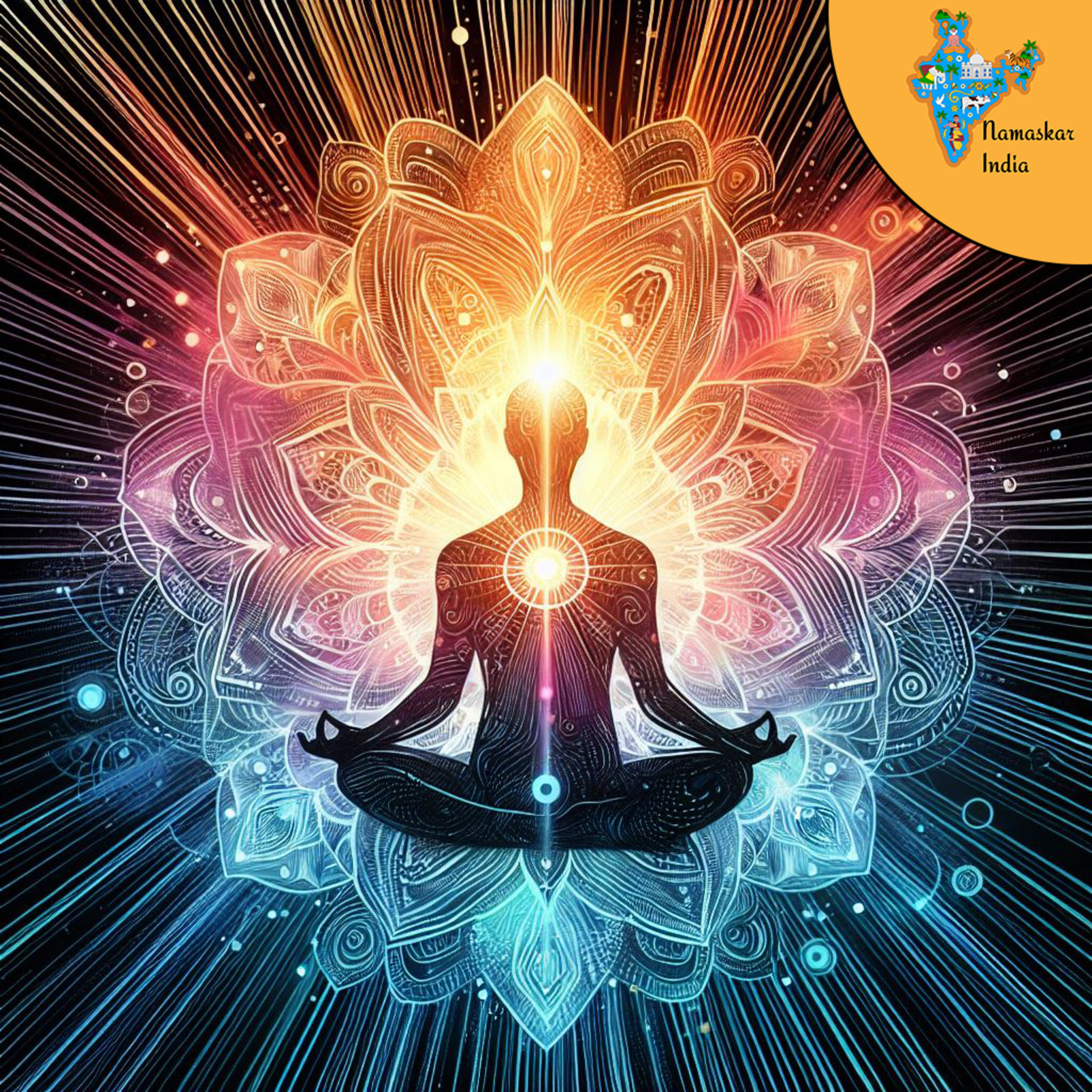 Namaskar India - Tales from Indian History and MythologyNavagrahas: The 9 Cosmic Influencers in Vedic Astrology | Concept of Time SeriesIn this episode, we delve into the importance and mystery surrounding Navgrahas in Hinduism, detailing their influence on various aspects of human life. Using the Navgraha Stotram, we explore the philosophical significance behind these celestial entities while highlighting the interconnectedness of the universe.Bibliography:Dreyer, R. G. (1997). Vedic Astrology: A Guide to the Fundamentals of Jyotish. Lotus Press.Rath, S. (2010). Navagraha Stotram: A Hymn to the Nine Planets. Sagittarius Publications.DeFouw, H., & Svoboda, R. (1996). Light on Life: An Introduction to the Astrology of India. Samuel Weiser, Inc.Topic...2024-03-0819 min
Namaskar India - Tales from Indian History and MythologyNavagrahas: The 9 Cosmic Influencers in Vedic Astrology | Concept of Time SeriesIn this episode, we delve into the importance and mystery surrounding Navgrahas in Hinduism, detailing their influence on various aspects of human life. Using the Navgraha Stotram, we explore the philosophical significance behind these celestial entities while highlighting the interconnectedness of the universe.Bibliography:Dreyer, R. G. (1997). Vedic Astrology: A Guide to the Fundamentals of Jyotish. Lotus Press.Rath, S. (2010). Navagraha Stotram: A Hymn to the Nine Planets. Sagittarius Publications.DeFouw, H., & Svoboda, R. (1996). Light on Life: An Introduction to the Astrology of India. Samuel Weiser, Inc.Topic...2024-03-0819 min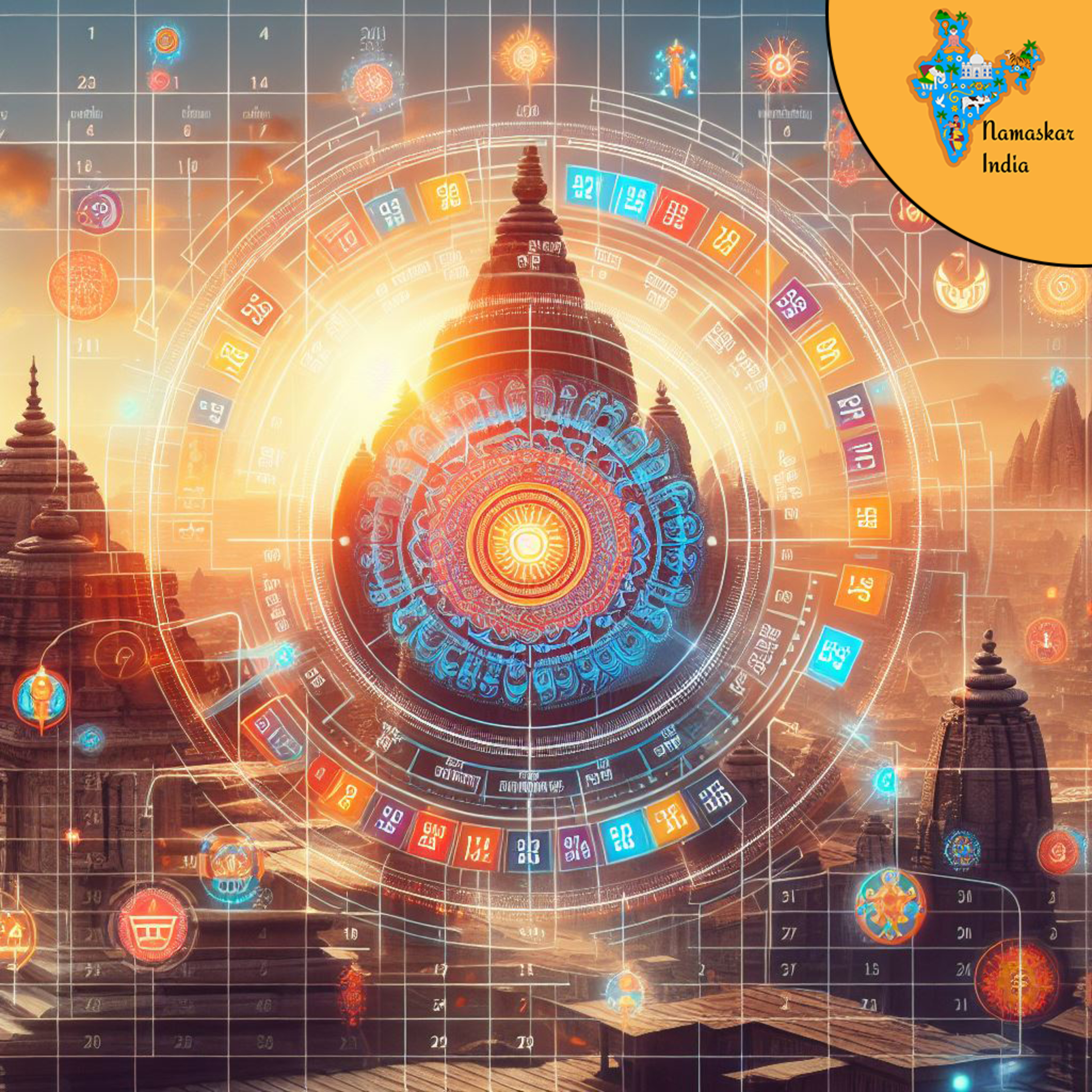 Namaskar India - Tales from Indian History and MythologySeven Days, Seven Gods: The Spiritual Significance of Hindu Weekdays | Concept of Time SeriesThis episode explores the significance of each day of the week in Hinduism and the associated deities and rituals. From worshiping the Sun on Sundays for health and wisdom to seeking the blessings of Goddess Durga or Mahalakshmi on Fridays for love and creativity, each day has a unique value. Through this exploration, we learn to understand the logical connections behind these traditions and appreciate our cultural heritage's imagination and depth. This journey can help us progress spiritually and materially towards our goals.Bibliography:Sharma, P. C. (2008). The Hindu way of life. Lotus Press.Knott, K. (1998). Hinduism: A very...2024-01-0808 min
Namaskar India - Tales from Indian History and MythologySeven Days, Seven Gods: The Spiritual Significance of Hindu Weekdays | Concept of Time SeriesThis episode explores the significance of each day of the week in Hinduism and the associated deities and rituals. From worshiping the Sun on Sundays for health and wisdom to seeking the blessings of Goddess Durga or Mahalakshmi on Fridays for love and creativity, each day has a unique value. Through this exploration, we learn to understand the logical connections behind these traditions and appreciate our cultural heritage's imagination and depth. This journey can help us progress spiritually and materially towards our goals.Bibliography:Sharma, P. C. (2008). The Hindu way of life. Lotus Press.Knott, K. (1998). Hinduism: A very...2024-01-0808 min Namaskar India - Tales from Indian History and MythologyDays of the Divine: From Ravivar to Shanivar | Concept of Time SeriesThis episode explores the origin of the seven-day week from an astronomical, historical, and cultural perspective. We discuss how Hindu astronomers identified grahas and how the Brihat Parasara Hora Shastra outlines a method to establish the seven-day week. We also look at how the idea of the seven-day week originated in ancient Babylon and was adopted by other civilizations.Bibliography:Satyabhama A. (2014). Astronomy and Mathematics in Ancient India: An Overview. Manglam Publishers.Zerubavel, E. (1985). The Seven-Day Circle: The History and Meaning of the Week. The Free Press.Sastri...2023-12-0312 min
Namaskar India - Tales from Indian History and MythologyDays of the Divine: From Ravivar to Shanivar | Concept of Time SeriesThis episode explores the origin of the seven-day week from an astronomical, historical, and cultural perspective. We discuss how Hindu astronomers identified grahas and how the Brihat Parasara Hora Shastra outlines a method to establish the seven-day week. We also look at how the idea of the seven-day week originated in ancient Babylon and was adopted by other civilizations.Bibliography:Satyabhama A. (2014). Astronomy and Mathematics in Ancient India: An Overview. Manglam Publishers.Zerubavel, E. (1985). The Seven-Day Circle: The History and Meaning of the Week. The Free Press.Sastri...2023-12-0312 min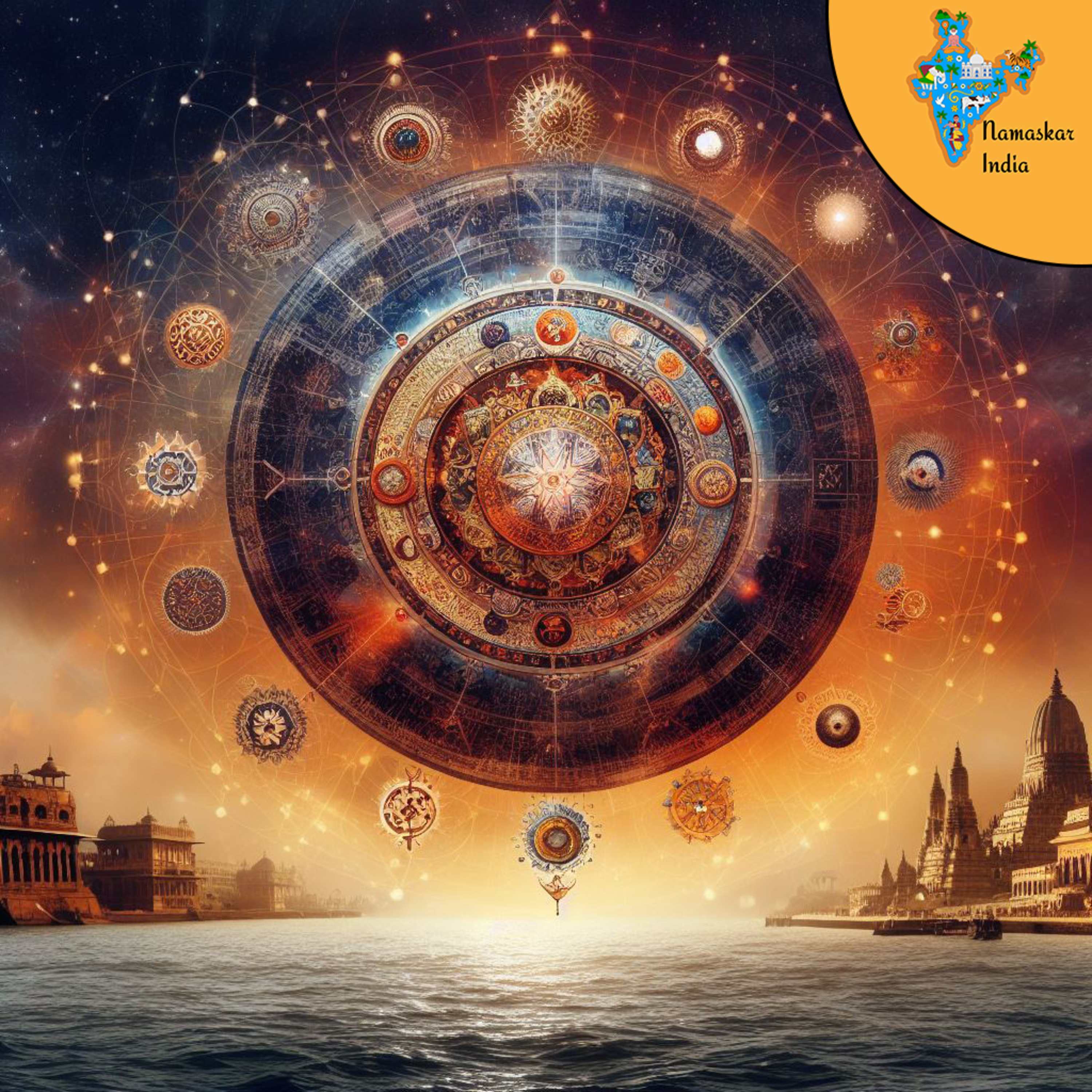 Namaskar India - Tales from Indian History and MythologyIndian Astronomy and Astrology: The Connected Origins | Concept of Time SeriesJoin us in this episode as we explore the fascinating world of ancient Indian astronomy and astrology. We discuss the relationship between these two fields and how they evolved from naturalistic observations of celestial bodies. Bibliography:Subbarayappa, B. V. (1994). Indian Astronomy: An Introduction. Cambridge University Press.Ramasubramanian, K., & Srinivas, M. D. (1994). Astronomy and Mathematics in Ancient India. Cambridge University Press.Sharma, P. (2017). The Story of Astronomy in India. Penguin Random House India.Topic: History of India | Astronomy | Astrology2023-11-1515 min
Namaskar India - Tales from Indian History and MythologyIndian Astronomy and Astrology: The Connected Origins | Concept of Time SeriesJoin us in this episode as we explore the fascinating world of ancient Indian astronomy and astrology. We discuss the relationship between these two fields and how they evolved from naturalistic observations of celestial bodies. Bibliography:Subbarayappa, B. V. (1994). Indian Astronomy: An Introduction. Cambridge University Press.Ramasubramanian, K., & Srinivas, M. D. (1994). Astronomy and Mathematics in Ancient India. Cambridge University Press.Sharma, P. (2017). The Story of Astronomy in India. Penguin Random House India.Topic: History of India | Astronomy | Astrology2023-11-1515 min Namaskar India - Tales from Indian History and MythologyKaalchakra: The Wheel of Time | Concept of Time SeriesIn this episode, we explore the cyclical nature of time in Hindu mythology and its unique differences from other religions. We delve into various time units described in ancient Indian texts, from microcosm to macrocosm, and explain the concept of relativity of time in different realms. We also discuss modern science's definition of time, theories predicting multiverse and the discrepancy between scientific estimates and those described in Hindu scriptures. Tune in to discover the remarkable imagination and intellectual depth of our Indian ancestors as they contemplated time scales spanning trillions of years.Calculations:2023-10-0220 min
Namaskar India - Tales from Indian History and MythologyKaalchakra: The Wheel of Time | Concept of Time SeriesIn this episode, we explore the cyclical nature of time in Hindu mythology and its unique differences from other religions. We delve into various time units described in ancient Indian texts, from microcosm to macrocosm, and explain the concept of relativity of time in different realms. We also discuss modern science's definition of time, theories predicting multiverse and the discrepancy between scientific estimates and those described in Hindu scriptures. Tune in to discover the remarkable imagination and intellectual depth of our Indian ancestors as they contemplated time scales spanning trillions of years.Calculations:2023-10-0220 min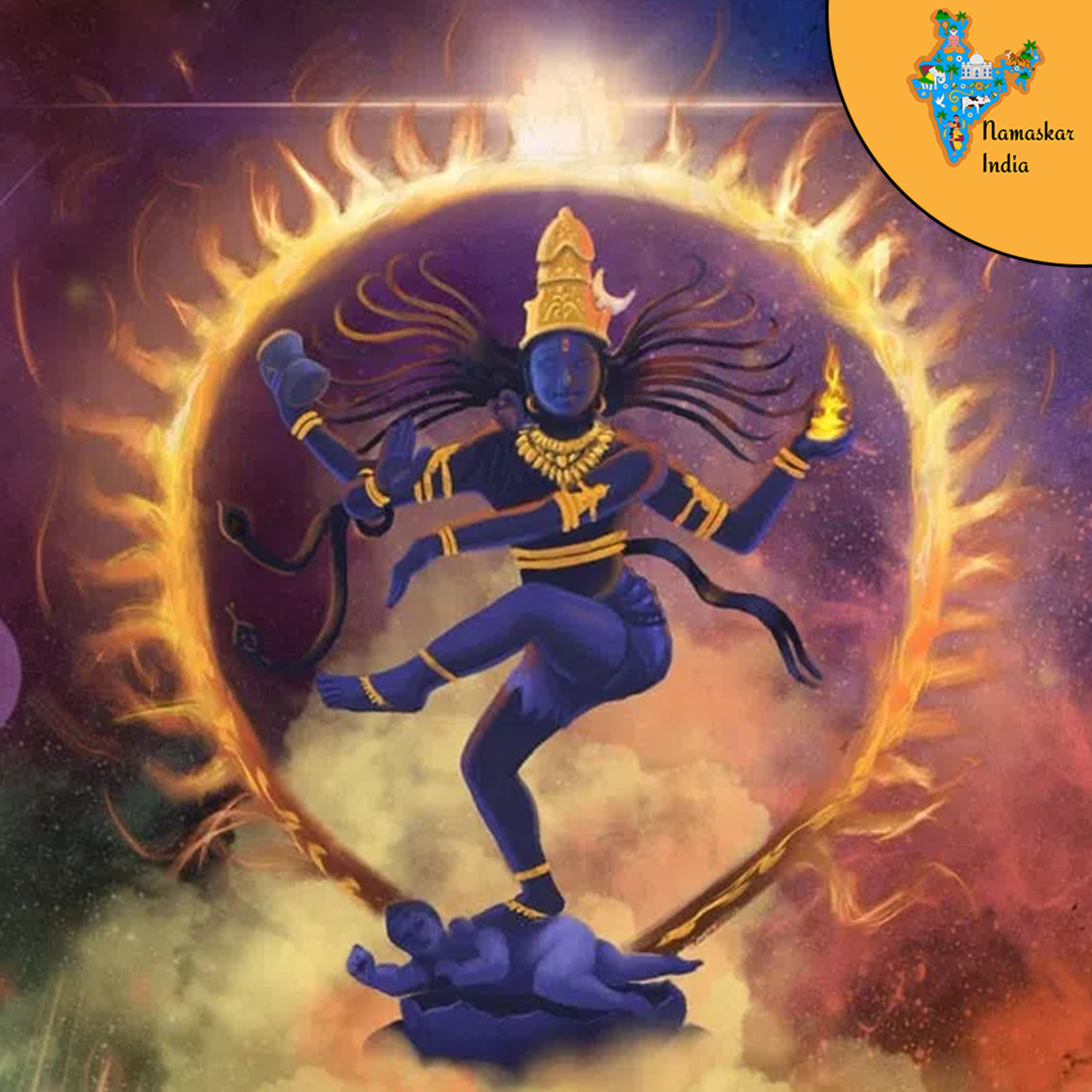 Namaskar India - Tales from Indian History and MythologyMahakaal as Nataraja: Decoding the Symbolism of the Cosmic Dancer | Concept of Time SeriesIn this episode, we delve into the symbolism of Nataraja, the cosmic dancer, and explore the profound understanding of the universe that it embodies. We explore the five aspects of Nataraja's form that represent creation, preservation, destruction, illusion, and grace. Bibliography:Coomaraswamy, A. K. (1985). The dance of Shiva: Fourteen Indian essays. Dover Publications.Parthasarathy, A. (1977). The symbolism of Hindu gods and rituals. Vedanta Press.Topic: Indian mythology | Hindu mythology | Hinduism2023-09-1106 min
Namaskar India - Tales from Indian History and MythologyMahakaal as Nataraja: Decoding the Symbolism of the Cosmic Dancer | Concept of Time SeriesIn this episode, we delve into the symbolism of Nataraja, the cosmic dancer, and explore the profound understanding of the universe that it embodies. We explore the five aspects of Nataraja's form that represent creation, preservation, destruction, illusion, and grace. Bibliography:Coomaraswamy, A. K. (1985). The dance of Shiva: Fourteen Indian essays. Dover Publications.Parthasarathy, A. (1977). The symbolism of Hindu gods and rituals. Vedanta Press.Topic: Indian mythology | Hindu mythology | Hinduism2023-09-1106 min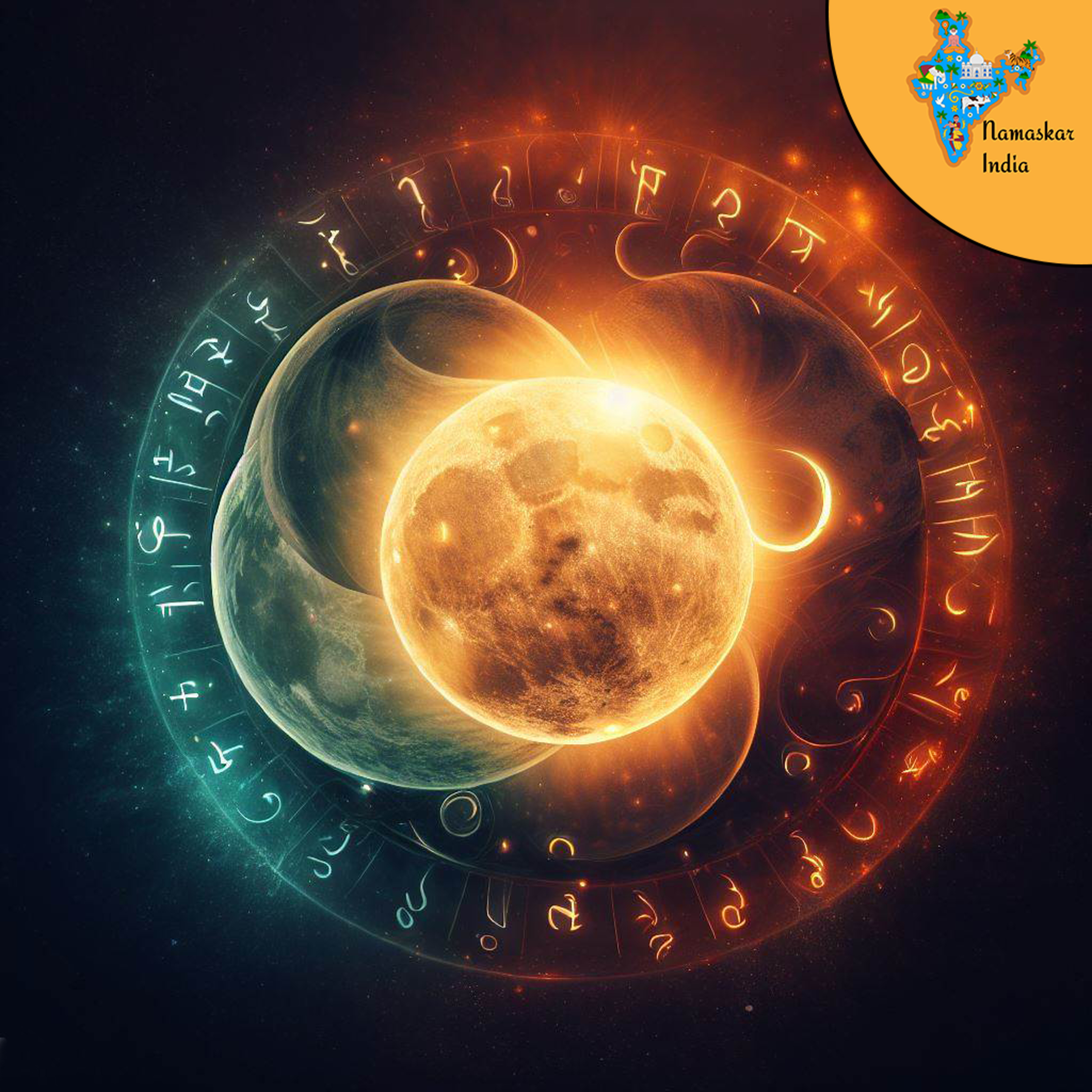 Namaskar India - Tales from Indian History and MythologyThe Calendar Conundrum: Lunar, Solar & Lunisolar calendars | Concept of Time SeriesWe all know that India gained its independence on August 15th, 1947, but did you know that according to the Indian National Calendar, India gained independence on Sravana 28th, 1869? In this episode, we explore the history of timekeeping and calendars in India, from the creation of sundials to the development of lunar, solar, and lunisolar calendars. We also discuss the Indian National Calendar and its connection to the Saka samvat. Join us as we delve into the fascinating world of timekeeping and calendars in India.Bibliography:Parise, F. (2002). The Book of Calendars. Gorgias Press....2023-08-1310 min
Namaskar India - Tales from Indian History and MythologyThe Calendar Conundrum: Lunar, Solar & Lunisolar calendars | Concept of Time SeriesWe all know that India gained its independence on August 15th, 1947, but did you know that according to the Indian National Calendar, India gained independence on Sravana 28th, 1869? In this episode, we explore the history of timekeeping and calendars in India, from the creation of sundials to the development of lunar, solar, and lunisolar calendars. We also discuss the Indian National Calendar and its connection to the Saka samvat. Join us as we delve into the fascinating world of timekeeping and calendars in India.Bibliography:Parise, F. (2002). The Book of Calendars. Gorgias Press....2023-08-1310 min Namaskar India - Tales from Indian History and MythologyThe ABCDE of Time: Understanding BC, AD, BCE, and CE | Concept of Time SeriesThis podcast episode discusses the history and significance of dating systems, specifically BC & AD vs BCE & CE. It explores the origins of BC and AD, the meaning of BCE and CE, and the debate over which system to use. The episode concludes that understanding the historical context and significance of dates is important, regardless of which system is used.Bibliography:Mosshammer, A. (2008). The Easter Computus and the Origins of the Christian Era. Oxford University Press.Declercq, G. (2002). Dionysius Exiguus and the Introduction of the Christian Era. Sacris Erudiri.Dunn, J. D...2023-07-1107 min
Namaskar India - Tales from Indian History and MythologyThe ABCDE of Time: Understanding BC, AD, BCE, and CE | Concept of Time SeriesThis podcast episode discusses the history and significance of dating systems, specifically BC & AD vs BCE & CE. It explores the origins of BC and AD, the meaning of BCE and CE, and the debate over which system to use. The episode concludes that understanding the historical context and significance of dates is important, regardless of which system is used.Bibliography:Mosshammer, A. (2008). The Easter Computus and the Origins of the Christian Era. Oxford University Press.Declercq, G. (2002). Dionysius Exiguus and the Introduction of the Christian Era. Sacris Erudiri.Dunn, J. D...2023-07-1107 min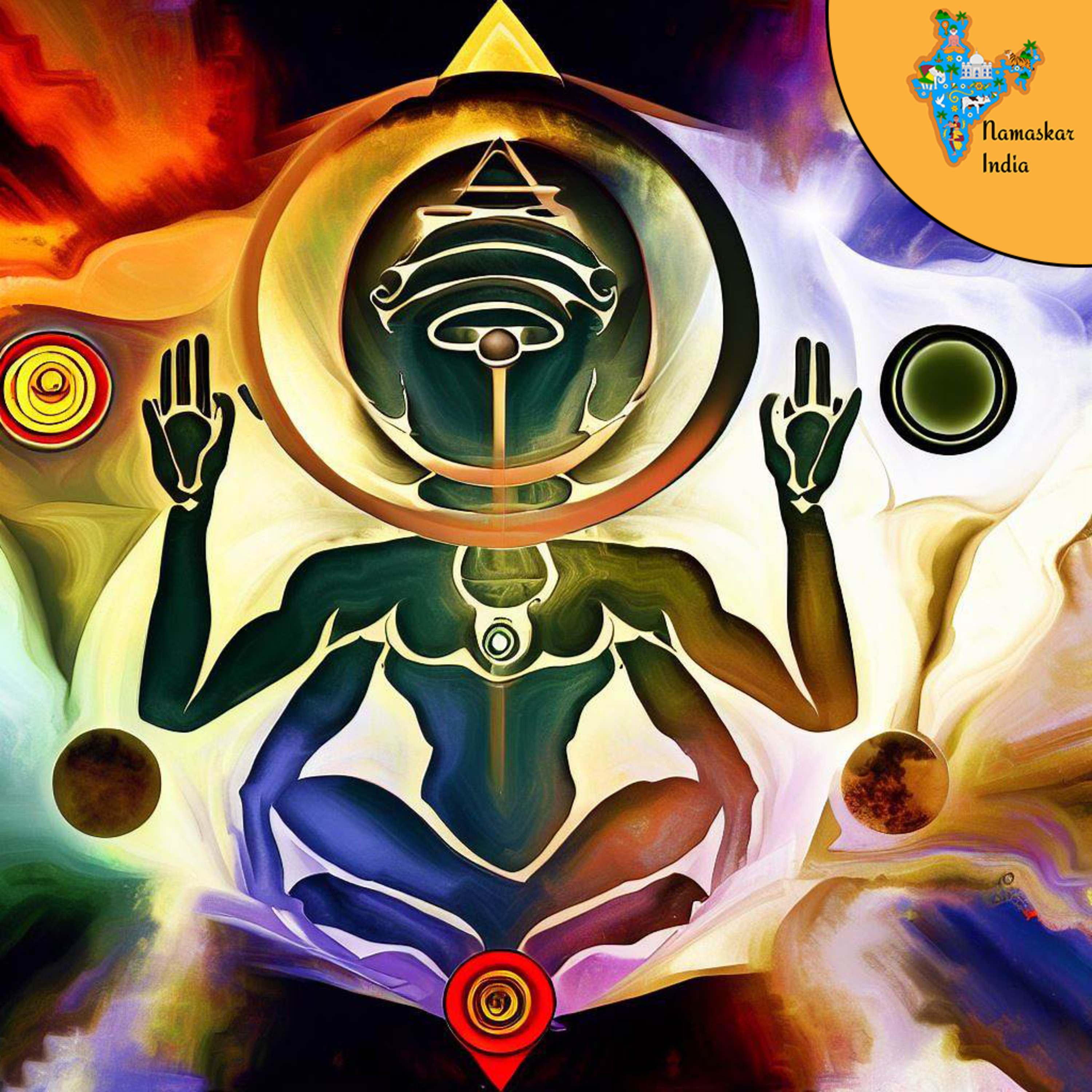 Namaskar India - Tales from Indian History and MythologyMy Idea of God | Indian Mythology SeriesWe like our ideas of God. We can parse them, explain them, and make our own decisions based on them. In fact, our idea of God is all we really have at all. Since all we really have is our idea of God, it dismantles and debilitates any attempts we might make to lay claim to God, including our claims to faith.Topic: Indian mythology | Hindu mythology | Hinduism2023-06-1303 min
Namaskar India - Tales from Indian History and MythologyMy Idea of God | Indian Mythology SeriesWe like our ideas of God. We can parse them, explain them, and make our own decisions based on them. In fact, our idea of God is all we really have at all. Since all we really have is our idea of God, it dismantles and debilitates any attempts we might make to lay claim to God, including our claims to faith.Topic: Indian mythology | Hindu mythology | Hinduism2023-06-1303 min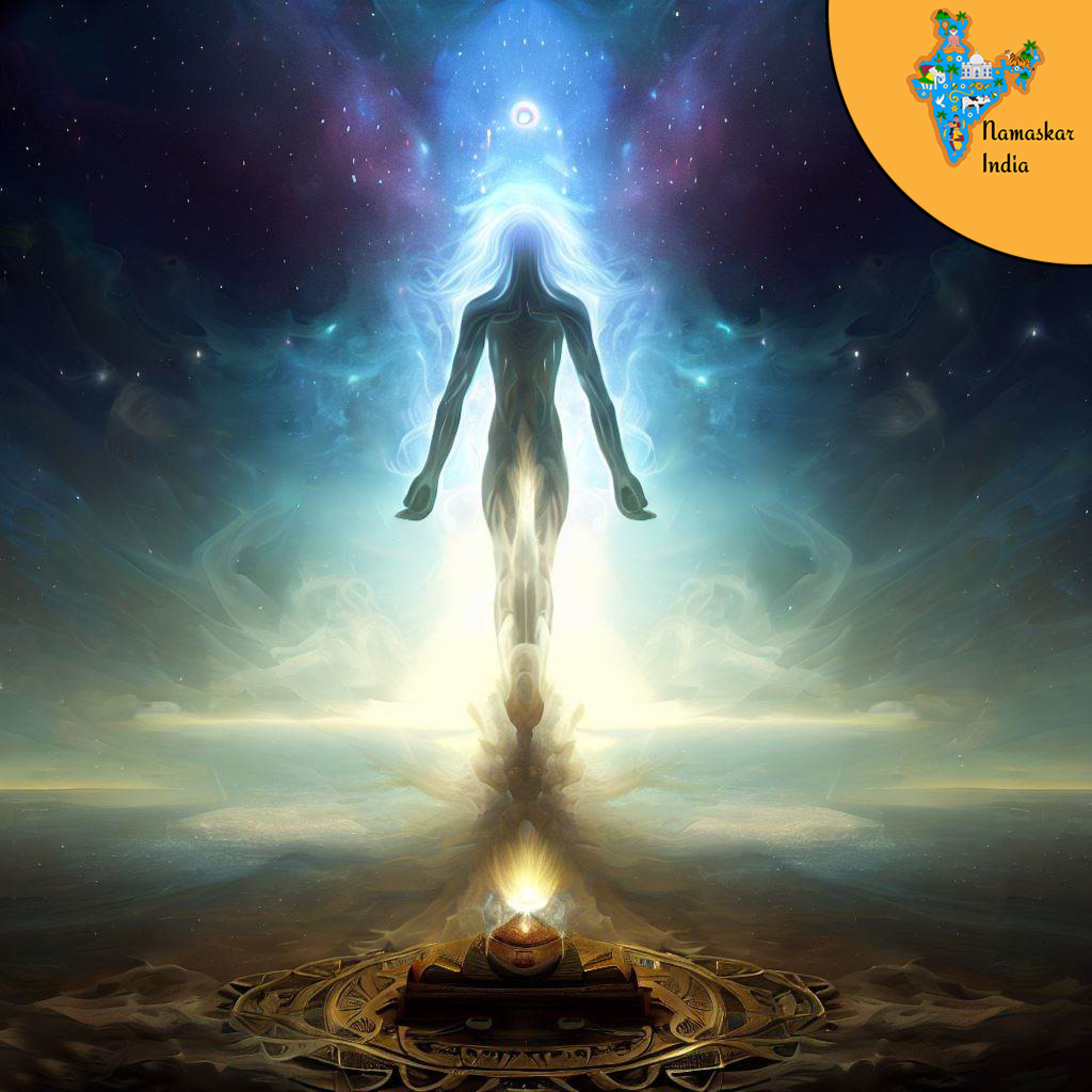 Namaskar India - Tales from Indian History and MythologyThe Sacrifice of the Cosmic Being: Purusha Sukta | Vedas | Indian Mythology SeriesPurusha suktam is hymn 10.90 of the Rigveda, dedicated to the Purusha, the "Cosmic Being" or “The Supreme God”. It describes the spiritual oneness of the universe. It depicts the nature of Purusha as both immanent and transcendent in the manifested world. The sukta incorporates the principles of meditation (upasana), knowledge (jnana), devotion (bhakti), and rituals and duties (dharma and karma).Topic: Indian mythology | Hindu mythology | Creation or Origin myths | Hinduism | Vedas2023-06-1210 min
Namaskar India - Tales from Indian History and MythologyThe Sacrifice of the Cosmic Being: Purusha Sukta | Vedas | Indian Mythology SeriesPurusha suktam is hymn 10.90 of the Rigveda, dedicated to the Purusha, the "Cosmic Being" or “The Supreme God”. It describes the spiritual oneness of the universe. It depicts the nature of Purusha as both immanent and transcendent in the manifested world. The sukta incorporates the principles of meditation (upasana), knowledge (jnana), devotion (bhakti), and rituals and duties (dharma and karma).Topic: Indian mythology | Hindu mythology | Creation or Origin myths | Hinduism | Vedas2023-06-1210 min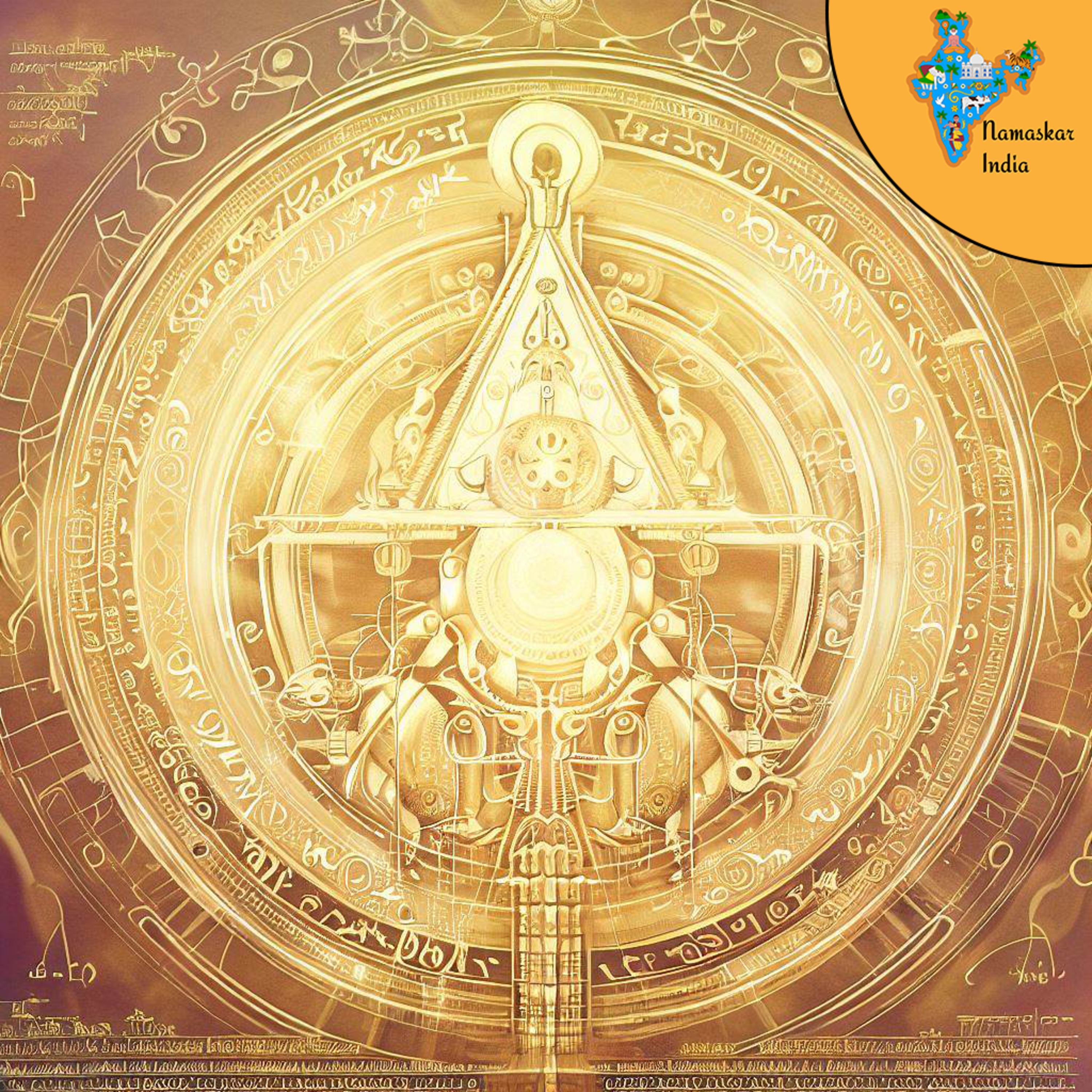 Namaskar India - Tales from Indian History and MythologyThe Hymn of the Divine Architect: Vishwakarma Sukta | Vedas | Indian Mythology SeriesThe Rigveda used the epithet Viswakarma to refer to a supreme god. In the Rigvedic hymns 10.81 & 10.82 Vishwakarma Sukta, he is described as all-seeing, with eyes, faces, arms, and feet on all four sides, as well as wings. He represented ultimate reality as well as the enigmatic creative force shared by all gods, living things, and inanimate objects in the universe. Since the beginning of time, he has served as the universe's architect and divine engineer.Topic: Indian mythology | Hindu mythology | Creation or Origin myths | Hinduism | Vedas2023-06-1110 min
Namaskar India - Tales from Indian History and MythologyThe Hymn of the Divine Architect: Vishwakarma Sukta | Vedas | Indian Mythology SeriesThe Rigveda used the epithet Viswakarma to refer to a supreme god. In the Rigvedic hymns 10.81 & 10.82 Vishwakarma Sukta, he is described as all-seeing, with eyes, faces, arms, and feet on all four sides, as well as wings. He represented ultimate reality as well as the enigmatic creative force shared by all gods, living things, and inanimate objects in the universe. Since the beginning of time, he has served as the universe's architect and divine engineer.Topic: Indian mythology | Hindu mythology | Creation or Origin myths | Hinduism | Vedas2023-06-1110 min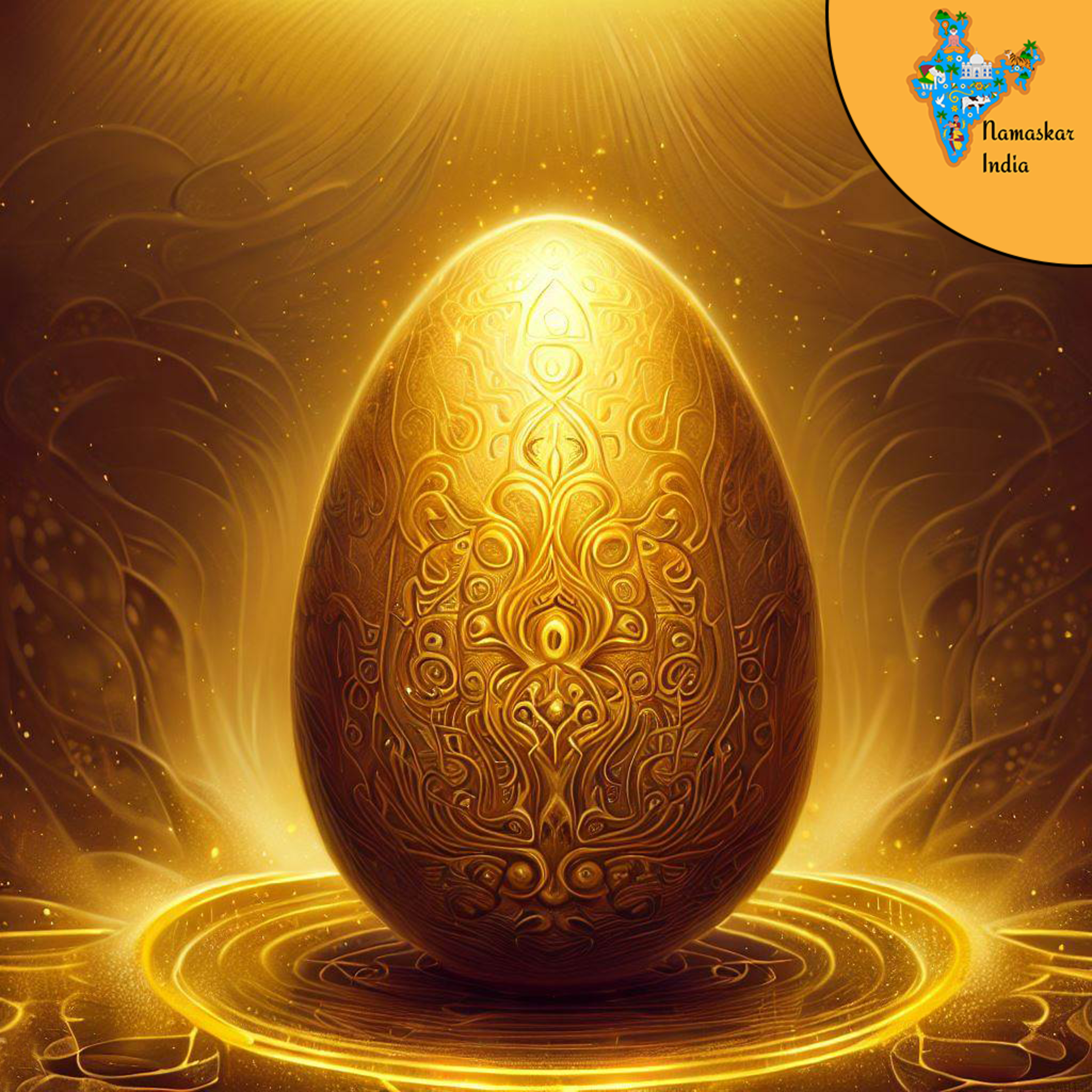 Namaskar India - Tales from Indian History and MythologyThe Golden Egg: Hiranyagarbha Sukta | Vedas | Indian Mythology SeriesHiranyagarbha, the source of all that is manifest and unmanifest; said to be the god of gods and that which connects all things, creates all things and where all things return. It is mentioned in Hiranyagarbha Sukta, a set of ten Shlokas in the 121st Hymn of the Rig Veda's 10th Mandala, suggesting a single creator deity, identified in the hymn as Prajāpati.Topic: Indian mythology | Hindu mythology | Creation or Origin myths | Hinduism | Vedas2023-06-1011 min
Namaskar India - Tales from Indian History and MythologyThe Golden Egg: Hiranyagarbha Sukta | Vedas | Indian Mythology SeriesHiranyagarbha, the source of all that is manifest and unmanifest; said to be the god of gods and that which connects all things, creates all things and where all things return. It is mentioned in Hiranyagarbha Sukta, a set of ten Shlokas in the 121st Hymn of the Rig Veda's 10th Mandala, suggesting a single creator deity, identified in the hymn as Prajāpati.Topic: Indian mythology | Hindu mythology | Creation or Origin myths | Hinduism | Vedas2023-06-1011 min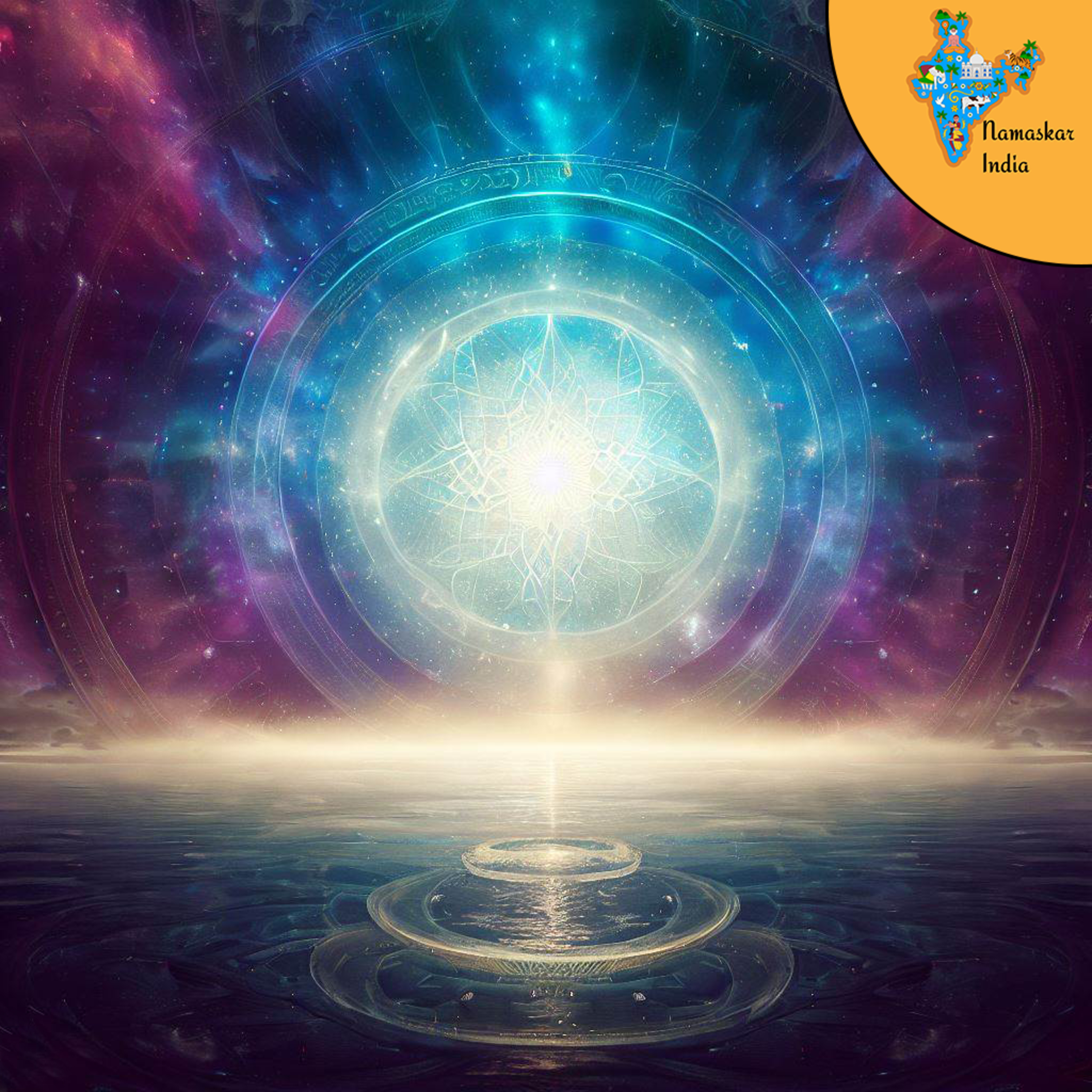 Namaskar India - Tales from Indian History and MythologyThe Hymn of Creation: Nasadiya Sukta | Vedas | Indian Mythology SeriesThe Nāsadīya Sūkta after the incipit ná ásat, or "not the non-existent", is known as the Hymn of Creation. It is a collection of 7 Shlokas from the 129th Hymn of the Rig Veda's 10th Mandala. It begins and ends with questions about creation. It does not say that God created the universe, the stars, the sun, the moon, the earth, the plants, the animals, and humans, but rather asks how anyone could know how and when creation occurred, because everything and all beings, including the Devas or Gods, would have appeared only after the universe existed!...2023-06-0912 min
Namaskar India - Tales from Indian History and MythologyThe Hymn of Creation: Nasadiya Sukta | Vedas | Indian Mythology SeriesThe Nāsadīya Sūkta after the incipit ná ásat, or "not the non-existent", is known as the Hymn of Creation. It is a collection of 7 Shlokas from the 129th Hymn of the Rig Veda's 10th Mandala. It begins and ends with questions about creation. It does not say that God created the universe, the stars, the sun, the moon, the earth, the plants, the animals, and humans, but rather asks how anyone could know how and when creation occurred, because everything and all beings, including the Devas or Gods, would have appeared only after the universe existed!...2023-06-0912 min Namaskar India - Tales from Indian History and MythologyThe Vedas | Indian Mythology SeriesThe Vedas are the religious texts which inform the religion of Hinduism. The term veda means “knowledge” in that they are thought to contain the fundamental knowledge relating to the underlying cause of, function of, and personal response to existence. The Vedas are thought to have always existed and were discovered by sages in intense states of meditation, rather than being thought to have been revealed to a specific person or people at a particular historical moment. As a result, Hinduism views the Vedas as Shruti, or "what is heard," as opposed to other texts like Ramayana or Mahabharata that...2023-06-0915 min
Namaskar India - Tales from Indian History and MythologyThe Vedas | Indian Mythology SeriesThe Vedas are the religious texts which inform the religion of Hinduism. The term veda means “knowledge” in that they are thought to contain the fundamental knowledge relating to the underlying cause of, function of, and personal response to existence. The Vedas are thought to have always existed and were discovered by sages in intense states of meditation, rather than being thought to have been revealed to a specific person or people at a particular historical moment. As a result, Hinduism views the Vedas as Shruti, or "what is heard," as opposed to other texts like Ramayana or Mahabharata that...2023-06-0915 min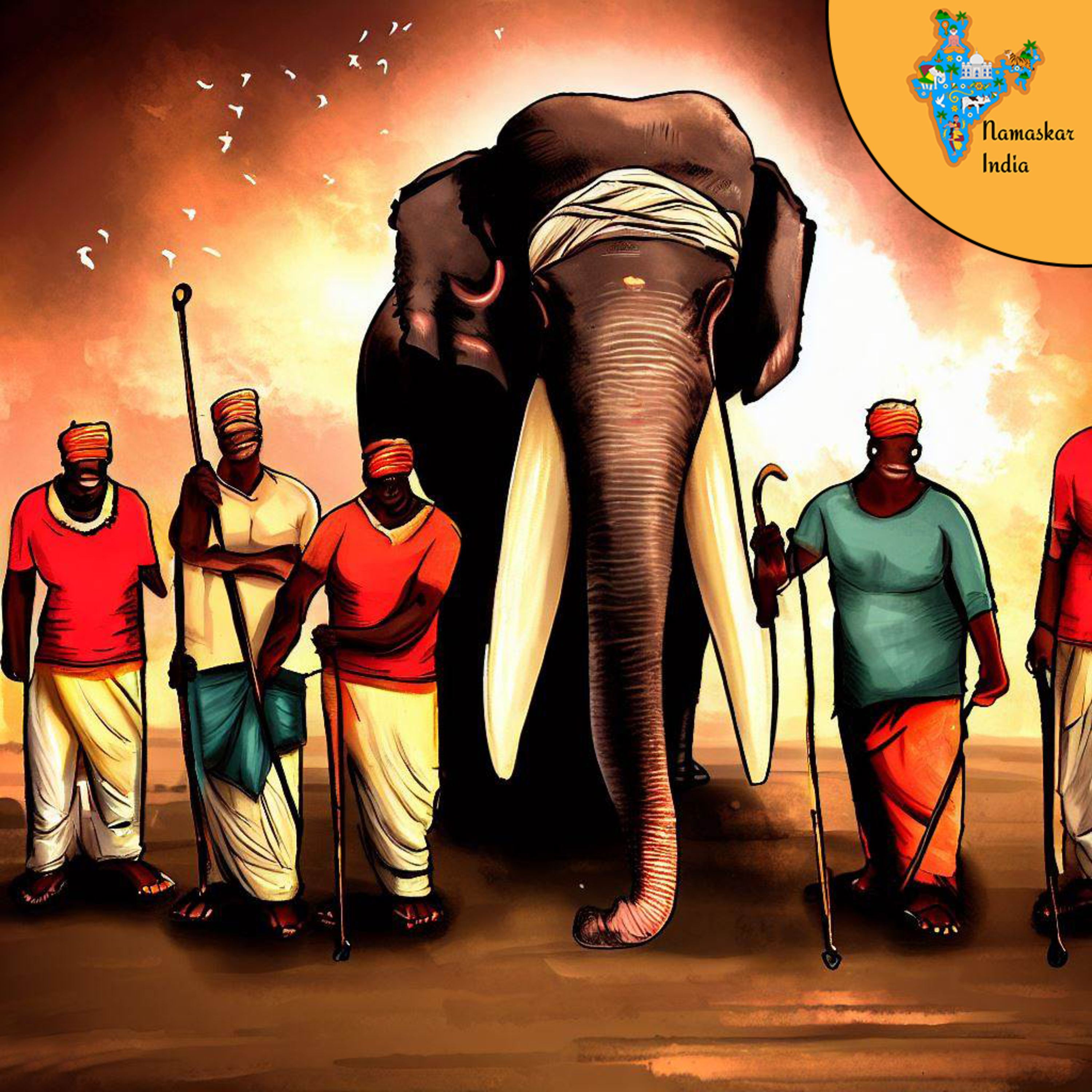 Namaskar India - Tales from Indian History and MythologyThe Blind Men and the Elephant | Indian Mythology Series“The Blind Men and the Elephant” is an Indian parable that has been adapted by many religions and published in a variety of adult and children's stories. It's about a group of blind men who try to figure out what an elephant is by touching different parts of it and disagreeing on their findings.Topic: Indian mythology | Hindu mythology | Creation or Origin myths | Hinduism | Vedas2023-06-0908 min
Namaskar India - Tales from Indian History and MythologyThe Blind Men and the Elephant | Indian Mythology Series“The Blind Men and the Elephant” is an Indian parable that has been adapted by many religions and published in a variety of adult and children's stories. It's about a group of blind men who try to figure out what an elephant is by touching different parts of it and disagreeing on their findings.Topic: Indian mythology | Hindu mythology | Creation or Origin myths | Hinduism | Vedas2023-06-0908 min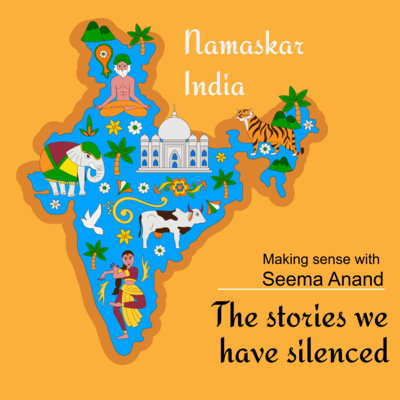 Namaskar India - Tales from Indian History and MythologyThe stories we have silenced - Part 3 | Seema Anand | Conversation SeriesSeema Anand is a storyteller and mythologist based in London who specializes in women's narratives. She is also the award-winning author of "The Arts of Seduction". She employs stories for entertainment, therapy, education, and positive action change. Her research on ancient Indian folklore is linked to a UNESCO initiative to preserve endangered oral traditions, and she works to reintroduce ancient Indian texts into the public domain, translated and reworked for multicultural audiences.Topic: Making sense series.--------- Guest info ---------Instagram: https://www.instagram.com/seemaanandstorytellingFacebook: https://www.facebook.com...2022-09-1224 min
Namaskar India - Tales from Indian History and MythologyThe stories we have silenced - Part 3 | Seema Anand | Conversation SeriesSeema Anand is a storyteller and mythologist based in London who specializes in women's narratives. She is also the award-winning author of "The Arts of Seduction". She employs stories for entertainment, therapy, education, and positive action change. Her research on ancient Indian folklore is linked to a UNESCO initiative to preserve endangered oral traditions, and she works to reintroduce ancient Indian texts into the public domain, translated and reworked for multicultural audiences.Topic: Making sense series.--------- Guest info ---------Instagram: https://www.instagram.com/seemaanandstorytellingFacebook: https://www.facebook.com...2022-09-1224 min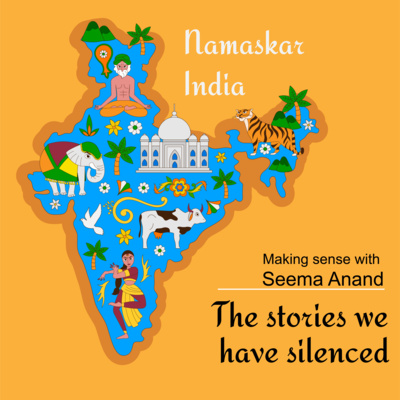 Namaskar India - Tales from Indian History and MythologyThe stories we have silenced - Part 2 | Seema Anand | Conversation SeriesSeema Anand is a storyteller and mythologist based in London who specializes in women's narratives. She is also the award-winning author of "The Arts of Seduction". She employs stories for entertainment, therapy, education, and positive action change. Her research on ancient Indian folklore is linked to a UNESCO initiative to preserve endangered oral traditions, and she works to reintroduce ancient Indian texts into the public domain, translated and reworked for multicultural audiences.Topic: Making sense series.--------- Guest info ---------Instagram: https://www.instagram.com/seemaanandstorytellingFacebook: https://www.facebook.com...2022-09-0534 min
Namaskar India - Tales from Indian History and MythologyThe stories we have silenced - Part 2 | Seema Anand | Conversation SeriesSeema Anand is a storyteller and mythologist based in London who specializes in women's narratives. She is also the award-winning author of "The Arts of Seduction". She employs stories for entertainment, therapy, education, and positive action change. Her research on ancient Indian folklore is linked to a UNESCO initiative to preserve endangered oral traditions, and she works to reintroduce ancient Indian texts into the public domain, translated and reworked for multicultural audiences.Topic: Making sense series.--------- Guest info ---------Instagram: https://www.instagram.com/seemaanandstorytellingFacebook: https://www.facebook.com...2022-09-0534 min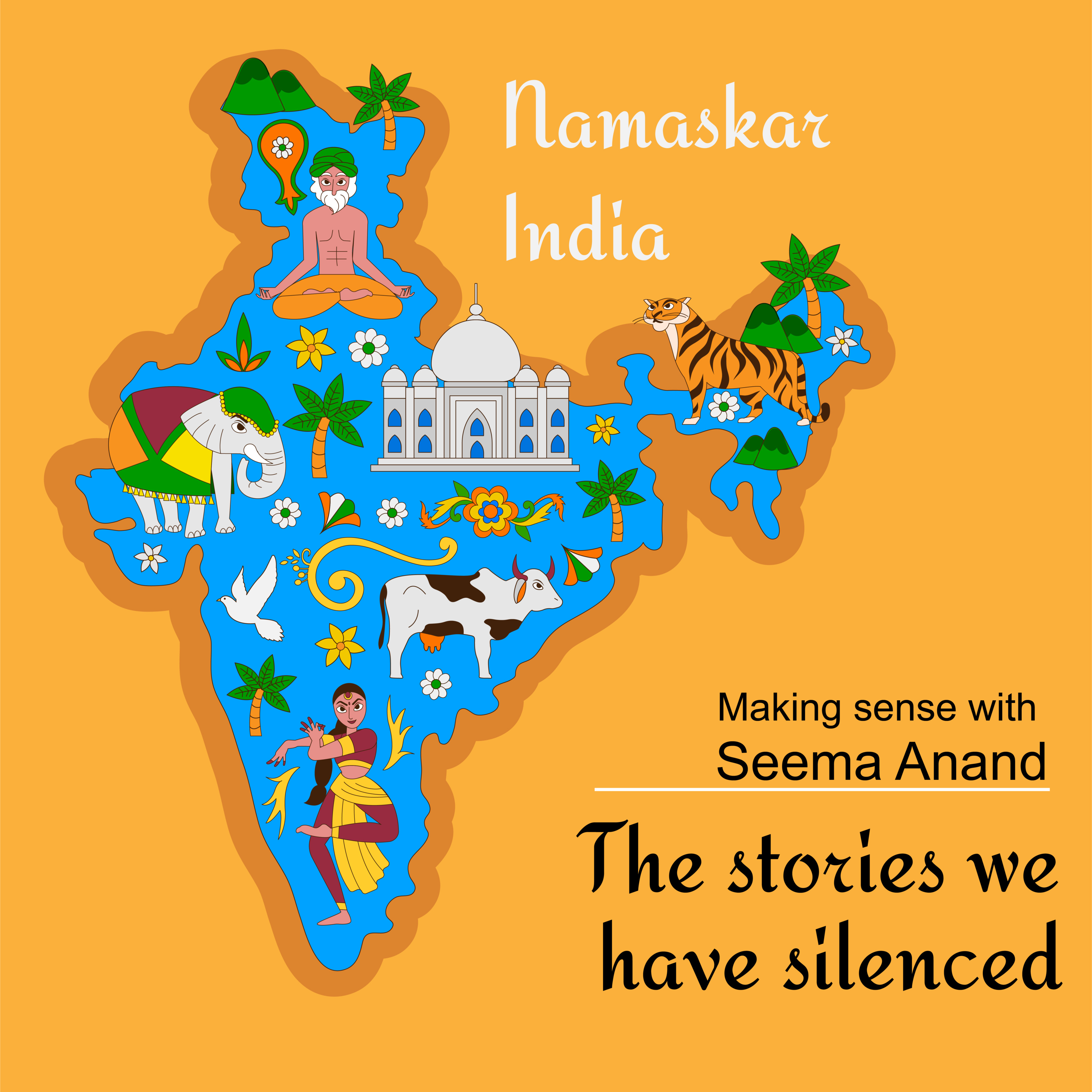 Namaskar India - Tales from Indian History and MythologyThe stories we have silenced - Part 1 | Seema Anand | Conversation SeriesSeema Anand is a storyteller and mythologist based in London who specializes in women's narratives. She is also the award-winning author of "The Arts of Seduction". She employs stories for entertainment, therapy, education, and positive action change. Her research on ancient Indian folklore is linked to a UNESCO initiative to preserve endangered oral traditions, and she works to reintroduce ancient Indian texts into the public domain, translated and reworked for multicultural audiences.Topic: Making sense series.--------- Guest info ---------Instagram: https://www.instagram.com/seemaanandstorytellingFacebook: https://www.facebook.com...2022-08-2926 min
Namaskar India - Tales from Indian History and MythologyThe stories we have silenced - Part 1 | Seema Anand | Conversation SeriesSeema Anand is a storyteller and mythologist based in London who specializes in women's narratives. She is also the award-winning author of "The Arts of Seduction". She employs stories for entertainment, therapy, education, and positive action change. Her research on ancient Indian folklore is linked to a UNESCO initiative to preserve endangered oral traditions, and she works to reintroduce ancient Indian texts into the public domain, translated and reworked for multicultural audiences.Topic: Making sense series.--------- Guest info ---------Instagram: https://www.instagram.com/seemaanandstorytellingFacebook: https://www.facebook.com...2022-08-2926 min Namaskar India - Tales from Indian History and MythologyA matter of perspective - Part 2 | Anand Neelakantan | Conversation SeriesThe Indian mythological fiction genre appears to be vibrant, with an increasing number of authors regularly churning out novels that frequently figure on the bestseller lists. Amongst them is Anand Neelakantan, the bestselling author who invented a new genre- the counter telling of mythology. Most of his books tell the story of the other side - the story of those who lost and were named villains.Topic: Making sense series--------- Guest info ---------Instagram: https://www.instagram.com/itsanandneelFacebook: https://www.facebook.com/itsanandneelTwitter: https://www.twitter.co...2021-06-1435 min
Namaskar India - Tales from Indian History and MythologyA matter of perspective - Part 2 | Anand Neelakantan | Conversation SeriesThe Indian mythological fiction genre appears to be vibrant, with an increasing number of authors regularly churning out novels that frequently figure on the bestseller lists. Amongst them is Anand Neelakantan, the bestselling author who invented a new genre- the counter telling of mythology. Most of his books tell the story of the other side - the story of those who lost and were named villains.Topic: Making sense series--------- Guest info ---------Instagram: https://www.instagram.com/itsanandneelFacebook: https://www.facebook.com/itsanandneelTwitter: https://www.twitter.co...2021-06-1435 min Namaskar India - Tales from Indian History and MythologyA matter of perspective - Part 1 | Anand Neelakantan | Conversation SeriesThe Indian mythological fiction genre appears to be vibrant, with an increasing number of authors regularly churning out novels that frequently figure on the bestseller lists. Amongst them is Anand Neelakantan, the bestselling author who invented a new genre- the counter telling of mythology. Most of his books tell the story of the other side - the story of those who lost and were named villains.Topic: Making sense series.--------- Guest info ---------Instagram: https://www.instagram.com/itsanandneelFacebook: https://www.facebook.com/itsanandneelTwitter: https://www...2021-06-0732 min
Namaskar India - Tales from Indian History and MythologyA matter of perspective - Part 1 | Anand Neelakantan | Conversation SeriesThe Indian mythological fiction genre appears to be vibrant, with an increasing number of authors regularly churning out novels that frequently figure on the bestseller lists. Amongst them is Anand Neelakantan, the bestselling author who invented a new genre- the counter telling of mythology. Most of his books tell the story of the other side - the story of those who lost and were named villains.Topic: Making sense series.--------- Guest info ---------Instagram: https://www.instagram.com/itsanandneelFacebook: https://www.facebook.com/itsanandneelTwitter: https://www...2021-06-0732 min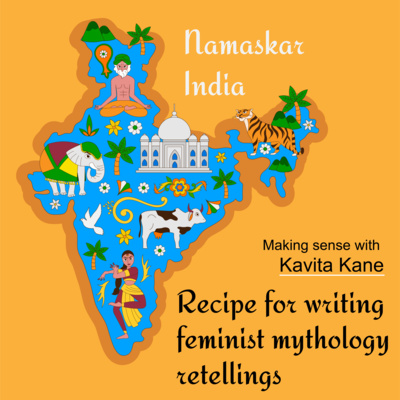 Namaskar India - Tales from Indian History and MythologyRecipe for writing feminist mythology retellings - Part 2 | Kavita Kane | Conversation SeriesHistorically, Indian mythology has served the patriarchal purpose of keeping women where they belonged – at the bottom of the social ladder. However, the tide is finally turning. The subaltern is now wielding the same tools that have been used to justify their oppression for centuries, but this time as a means of empowerment. Meet Kavita Kane, a screenwriter, author, journalist, and columnist. Who is regarded as a revolutionary force in Indian writing, best known for bringing to light the often-overlooked female characters in Indian mythology.Topic: Making sense series.--------- Guest info ---------Tw...2021-05-1431 min
Namaskar India - Tales from Indian History and MythologyRecipe for writing feminist mythology retellings - Part 2 | Kavita Kane | Conversation SeriesHistorically, Indian mythology has served the patriarchal purpose of keeping women where they belonged – at the bottom of the social ladder. However, the tide is finally turning. The subaltern is now wielding the same tools that have been used to justify their oppression for centuries, but this time as a means of empowerment. Meet Kavita Kane, a screenwriter, author, journalist, and columnist. Who is regarded as a revolutionary force in Indian writing, best known for bringing to light the often-overlooked female characters in Indian mythology.Topic: Making sense series.--------- Guest info ---------Tw...2021-05-1431 min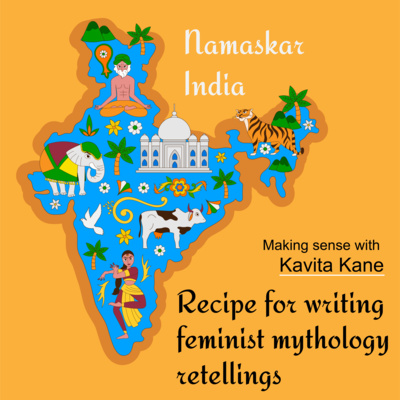 Namaskar India - Tales from Indian History and MythologyRecipe for writing feminist mythology retellings - Part 1 | Kavita Kane | Conversation SeriesHistorically, Indian mythology has served the patriarchal purpose of keeping women where they belonged – at the bottom of the social ladder. However, the tide is finally turning. The subaltern is now wielding the same tools that have been used to justify their oppression for centuries, but this time as a means of empowerment. Meet Kavita Kane, a screenwriter, author, journalist, and columnist. Who is regarded as a revolutionary force in Indian writing, best known for bringing to light the often-overlooked female characters in Indian mythology.Topic: Making sense series.--------- Guest info ---------Tw...2021-05-0732 min
Namaskar India - Tales from Indian History and MythologyRecipe for writing feminist mythology retellings - Part 1 | Kavita Kane | Conversation SeriesHistorically, Indian mythology has served the patriarchal purpose of keeping women where they belonged – at the bottom of the social ladder. However, the tide is finally turning. The subaltern is now wielding the same tools that have been used to justify their oppression for centuries, but this time as a means of empowerment. Meet Kavita Kane, a screenwriter, author, journalist, and columnist. Who is regarded as a revolutionary force in Indian writing, best known for bringing to light the often-overlooked female characters in Indian mythology.Topic: Making sense series.--------- Guest info ---------Tw...2021-05-0732 min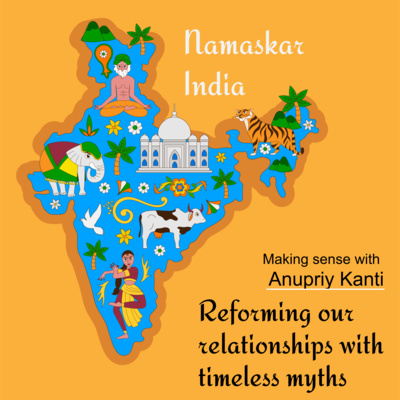 Namaskar India - Tales from Indian History and MythologyReforming our relationships with timeless myths - Part 2 | Anupriy Kanti | Conversation SeriesIs there one open yet structured path for forming one’s own relationships with myth, yet ensuring some accountability? Which can also help people in exploring our vast treasure of mythology.Topic: Making sense series.--------- Guest info ---------Connect with Anupriy Kanti on social media and check out his blogs.https://www.facebook.com/anupriyhttps://www.instagram.com/anupriykanti/https://www.youtube.com/user/anupriy1728https://www.linkedin.com/in/anupriy-kanti-1b965716/https://twitter.com/anupriykanti/https://medium.com/@an...2021-02-0825 min
Namaskar India - Tales from Indian History and MythologyReforming our relationships with timeless myths - Part 2 | Anupriy Kanti | Conversation SeriesIs there one open yet structured path for forming one’s own relationships with myth, yet ensuring some accountability? Which can also help people in exploring our vast treasure of mythology.Topic: Making sense series.--------- Guest info ---------Connect with Anupriy Kanti on social media and check out his blogs.https://www.facebook.com/anupriyhttps://www.instagram.com/anupriykanti/https://www.youtube.com/user/anupriy1728https://www.linkedin.com/in/anupriy-kanti-1b965716/https://twitter.com/anupriykanti/https://medium.com/@an...2021-02-0825 min Namaskar India - Tales from Indian History and MythologyReforming our relationships with timeless myths - Part 1 | Anupriy Kanti | Conversation SeriesIs there one open yet structured path for forming one’s own relationships with myth, yet ensuring some accountability? Which can also help people in exploring our vast treasure of mythology.Topic: Making sense series--------- Guest info ---------Connect with Anupriy Kanti on social media and check out his blogs.https://www.facebook.com/anupriyhttps://www.instagram.com/anupriykanti/https://www.youtube.com/user/anupriy1728https://www.linkedin.com/in/anupriy-kanti-1b965716/https://twitter.com/anupriykanti/https://medium.com/@an...2021-02-0120 min
Namaskar India - Tales from Indian History and MythologyReforming our relationships with timeless myths - Part 1 | Anupriy Kanti | Conversation SeriesIs there one open yet structured path for forming one’s own relationships with myth, yet ensuring some accountability? Which can also help people in exploring our vast treasure of mythology.Topic: Making sense series--------- Guest info ---------Connect with Anupriy Kanti on social media and check out his blogs.https://www.facebook.com/anupriyhttps://www.instagram.com/anupriykanti/https://www.youtube.com/user/anupriy1728https://www.linkedin.com/in/anupriy-kanti-1b965716/https://twitter.com/anupriykanti/https://medium.com/@an...2021-02-0120 min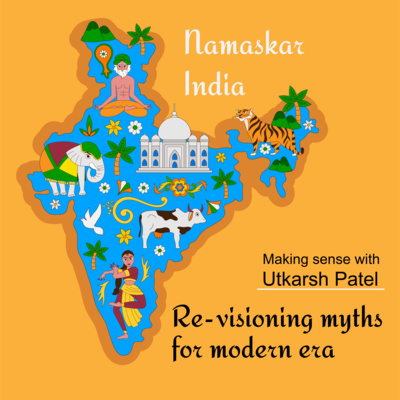 Namaskar India - Tales from Indian History and MythologyRe-visioning myths for modern era - Part 2 | Utkarsh Patel | Conversation SeriesOur Indian myths have survived for eons. That tells us something. The literature is very very rich, packed with lots and lots of learnings in the form of amazing stories. But given we are living in the age of science and technology and are driven by rationalism. What can be done to make these stories relatable? Ensuring it resonates with our younger generation without losing its core essence or learning its trying to impart.Topic: Making sense series--------- Guest info ---------Facebook: https://www.facebook.com/utkarsh.patel.9634Linkedin: https...2021-01-2525 min
Namaskar India - Tales from Indian History and MythologyRe-visioning myths for modern era - Part 2 | Utkarsh Patel | Conversation SeriesOur Indian myths have survived for eons. That tells us something. The literature is very very rich, packed with lots and lots of learnings in the form of amazing stories. But given we are living in the age of science and technology and are driven by rationalism. What can be done to make these stories relatable? Ensuring it resonates with our younger generation without losing its core essence or learning its trying to impart.Topic: Making sense series--------- Guest info ---------Facebook: https://www.facebook.com/utkarsh.patel.9634Linkedin: https...2021-01-2525 min Namaskar India - Tales from Indian History and MythologyRe-visioning myths for modern era - Part 1 | Utkarsh Patel | Conversation SeriesOur Indian myths have survived for eons. That tells us something. The literature is very very rich, packed with lots and lots of learnings in the form of amazing stories. But given we are living in the age of science and technology and are driven by rationalism. What can be done to make these stories relatable? Ensuring it resonates with our younger generation without losing its core essence or learning its trying to impart.Topic: Making sense series--------- Guest info ---------Facebook: https://www.facebook.com/utkarsh.patel.9634Linkedin: https...2021-01-1829 min
Namaskar India - Tales from Indian History and MythologyRe-visioning myths for modern era - Part 1 | Utkarsh Patel | Conversation SeriesOur Indian myths have survived for eons. That tells us something. The literature is very very rich, packed with lots and lots of learnings in the form of amazing stories. But given we are living in the age of science and technology and are driven by rationalism. What can be done to make these stories relatable? Ensuring it resonates with our younger generation without losing its core essence or learning its trying to impart.Topic: Making sense series--------- Guest info ---------Facebook: https://www.facebook.com/utkarsh.patel.9634Linkedin: https...2021-01-1829 min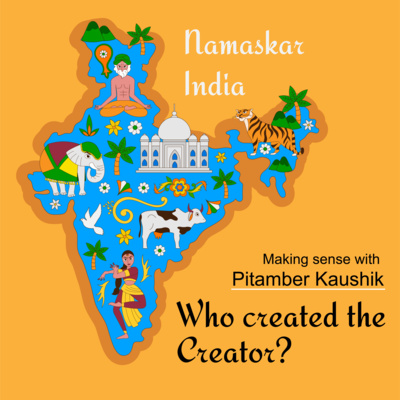 Namaskar India - Tales from Indian History and MythologyWho created the creator? | Pitamber Kaushik | Conversation SeriesHinduism includes a range of viewpoints about the origin of life, and evolution. There is no single story of creation, due to dynamic diversity of Hinduism, and these are derived from various sources like Vedas, Brahmanas, Puranas; some are philosophical, based on concepts, and others are narratives. And hence the concept of God or The Creator also varies from one tradition to another. But how the idea of God came into being and how did it evolve over time?Topic: Making sense series--------- Guest info ---------Google Pitamber Kaushik to read his...2021-01-0427 min
Namaskar India - Tales from Indian History and MythologyWho created the creator? | Pitamber Kaushik | Conversation SeriesHinduism includes a range of viewpoints about the origin of life, and evolution. There is no single story of creation, due to dynamic diversity of Hinduism, and these are derived from various sources like Vedas, Brahmanas, Puranas; some are philosophical, based on concepts, and others are narratives. And hence the concept of God or The Creator also varies from one tradition to another. But how the idea of God came into being and how did it evolve over time?Topic: Making sense series--------- Guest info ---------Google Pitamber Kaushik to read his...2021-01-0427 min Namaskar India - Tales from Indian History and MythologyThe Ajanta Caves: India's Ancient Rock-Cut Architecture | Ancient Indian History SeriesThe Ajanta Caves are approximately 30 rock-cut Buddhist cave monuments that date from the 2nd century BCE to about 480 CE in Aurangabad district of Maharashtra state of India. The caves include paintings and rock-cut sculptures described as among the finest surviving examples of ancient Indian art, particularly expressive paintings that present emotions through gesture, pose and form. Let us learn about the history of their construction, re-discovery and restoration.Topic: History of India - Ancient India2020-11-0911 min
Namaskar India - Tales from Indian History and MythologyThe Ajanta Caves: India's Ancient Rock-Cut Architecture | Ancient Indian History SeriesThe Ajanta Caves are approximately 30 rock-cut Buddhist cave monuments that date from the 2nd century BCE to about 480 CE in Aurangabad district of Maharashtra state of India. The caves include paintings and rock-cut sculptures described as among the finest surviving examples of ancient Indian art, particularly expressive paintings that present emotions through gesture, pose and form. Let us learn about the history of their construction, re-discovery and restoration.Topic: History of India - Ancient India2020-11-0911 min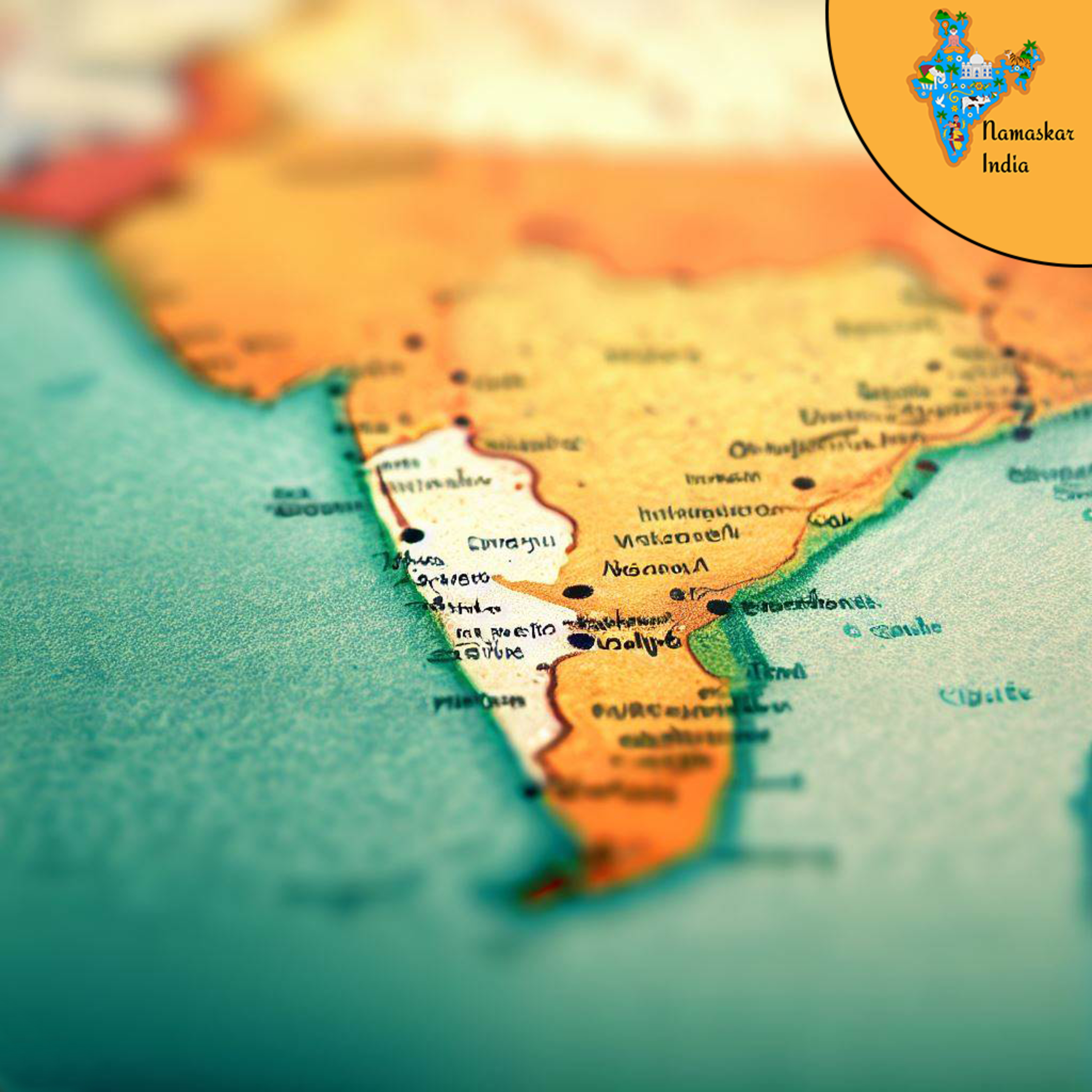 Namaskar India - Tales from Indian History and MythologySouth of Vindhyachal: The Dynasties of Deccan and South India | Ancient Indian History SeriesTill now we have learned about the Gupta Empire, which was ruling in North India. But what about those areas that were beyond Gupta Empire’s jurisdiction? Areas of present-day Maharashtra, Karnataka, Kerala & Tamilnadu. Let us know about the dynasties who used to control these areas of Deccan and South, the areas which lay south of the Vindhyachal mountain range.Topic: History of India - Ancient India.Timeline: 250 CE - 500 CE.2020-11-0209 min
Namaskar India - Tales from Indian History and MythologySouth of Vindhyachal: The Dynasties of Deccan and South India | Ancient Indian History SeriesTill now we have learned about the Gupta Empire, which was ruling in North India. But what about those areas that were beyond Gupta Empire’s jurisdiction? Areas of present-day Maharashtra, Karnataka, Kerala & Tamilnadu. Let us know about the dynasties who used to control these areas of Deccan and South, the areas which lay south of the Vindhyachal mountain range.Topic: History of India - Ancient India.Timeline: 250 CE - 500 CE.2020-11-0209 min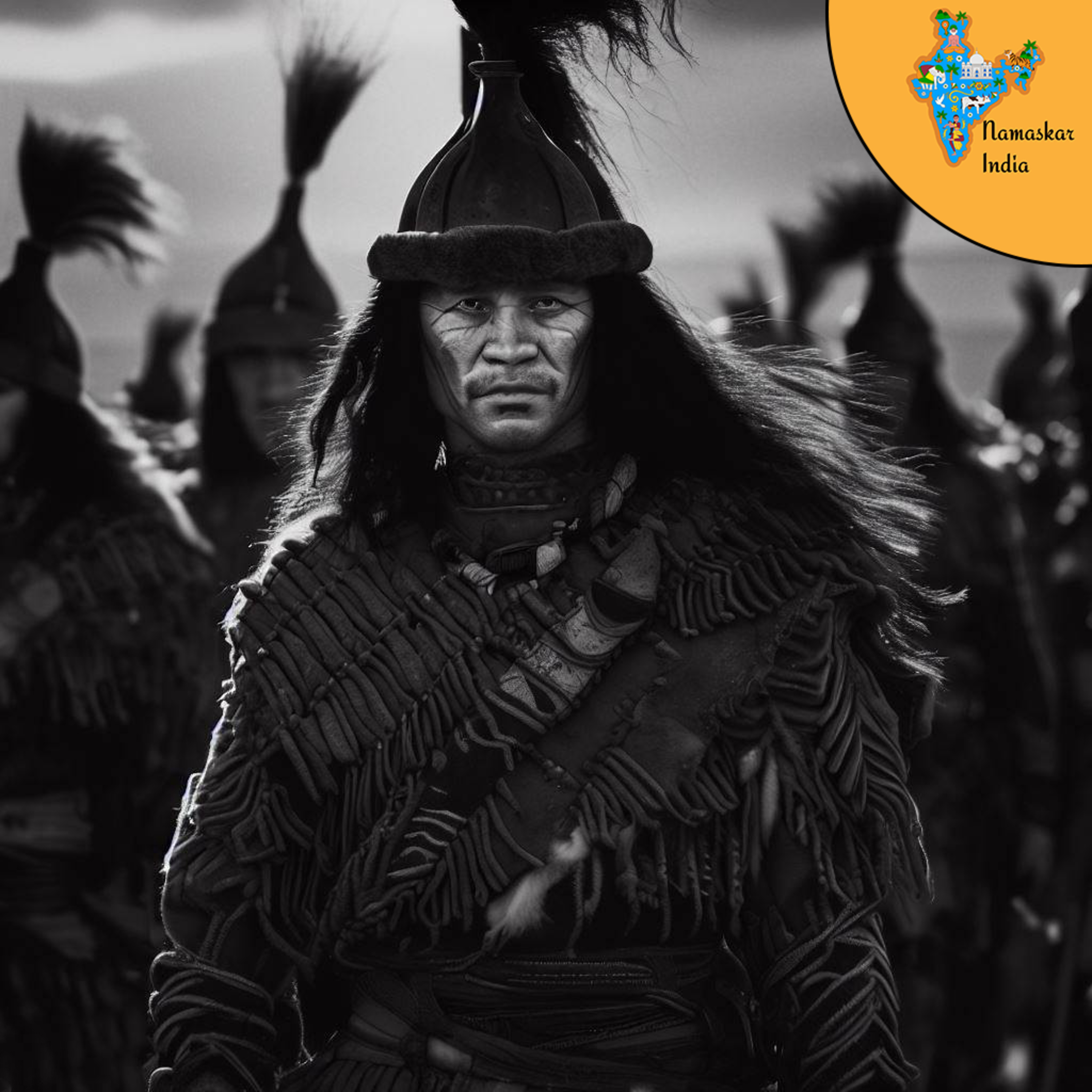 Namaskar India - Tales from Indian History and MythologyThe Hun Invasions: The Migration of Nomadic Tribes and Their Impact on India | Ancient Indian History SeriesThe nomadic Huns belonged to the Xiongnu tribe, who inhabited the borders of China as far back as the second century B.C. Another nomadic Yuezhi was forced to migrate from their neighbourhood because of their pressure which ultimately led to the invasions of the Sakas and the Kushanas in India. Later, the Huns themselves migrated to the west, and further dividing themselves into two parts, they proceeded towards the river Volga and the river Oxus respectively. The one threatened the Roman empire and the other Persia and India. By the fifth century A.D. the Hunas became a...2020-10-2613 min
Namaskar India - Tales from Indian History and MythologyThe Hun Invasions: The Migration of Nomadic Tribes and Their Impact on India | Ancient Indian History SeriesThe nomadic Huns belonged to the Xiongnu tribe, who inhabited the borders of China as far back as the second century B.C. Another nomadic Yuezhi was forced to migrate from their neighbourhood because of their pressure which ultimately led to the invasions of the Sakas and the Kushanas in India. Later, the Huns themselves migrated to the west, and further dividing themselves into two parts, they proceeded towards the river Volga and the river Oxus respectively. The one threatened the Roman empire and the other Persia and India. By the fifth century A.D. the Hunas became a...2020-10-2613 min Namaskar India - Tales from Indian History and MythologyThe Golden Age: A Time of Innovation, Creativity, and Intellectual Pursuits | Ancient Indian History SeriesThe reign of the Gupta Empire is also known as the Golden Age & Classical Age of India. The stability, peace and prosperity created under leadership of Guptas enabled the pursuit of scientific and artistic endeavors in India. Large advancements were made in fields of science, technology, engineering, art, literature, mathematics, astronomy, religion and philosophy during this period.Topic: History of India - Ancient India.Timeline: 415 CE - 455 CE--------- Guest details ---------Connect with Preethi Parthasarathy at:https://anchor.fm/preethi-parthasarathyInstagram: www.Instagram.com/peppytravelgirl2020-10-1915 min
Namaskar India - Tales from Indian History and MythologyThe Golden Age: A Time of Innovation, Creativity, and Intellectual Pursuits | Ancient Indian History SeriesThe reign of the Gupta Empire is also known as the Golden Age & Classical Age of India. The stability, peace and prosperity created under leadership of Guptas enabled the pursuit of scientific and artistic endeavors in India. Large advancements were made in fields of science, technology, engineering, art, literature, mathematics, astronomy, religion and philosophy during this period.Topic: History of India - Ancient India.Timeline: 415 CE - 455 CE--------- Guest details ---------Connect with Preethi Parthasarathy at:https://anchor.fm/preethi-parthasarathyInstagram: www.Instagram.com/peppytravelgirl2020-10-1915 min Namaskar India - Tales from Indian History and MythologyVikramaditya: From Controversies to Legends | Ancient Indian History SeriesWe will learn how Chandragupta took the throne of the Gupta Empire. Many say he conspired against his own brother, Ramagupta, to come to power. And even after such a controversial beginning, he became a revered character of Indian legends.Topic: History of India - Ancient India.Timeline: 375 CE - 415 CE.--------- Guest details ---------Connect with Preethi Parthasarathy at:https://anchor.fm/preethi-parthasarathyInstagram: www.Instagram.com/peppytravelgirlWebsite: www.peppytravelgirl.com2020-10-1213 min
Namaskar India - Tales from Indian History and MythologyVikramaditya: From Controversies to Legends | Ancient Indian History SeriesWe will learn how Chandragupta took the throne of the Gupta Empire. Many say he conspired against his own brother, Ramagupta, to come to power. And even after such a controversial beginning, he became a revered character of Indian legends.Topic: History of India - Ancient India.Timeline: 375 CE - 415 CE.--------- Guest details ---------Connect with Preethi Parthasarathy at:https://anchor.fm/preethi-parthasarathyInstagram: www.Instagram.com/peppytravelgirlWebsite: www.peppytravelgirl.com2020-10-1213 min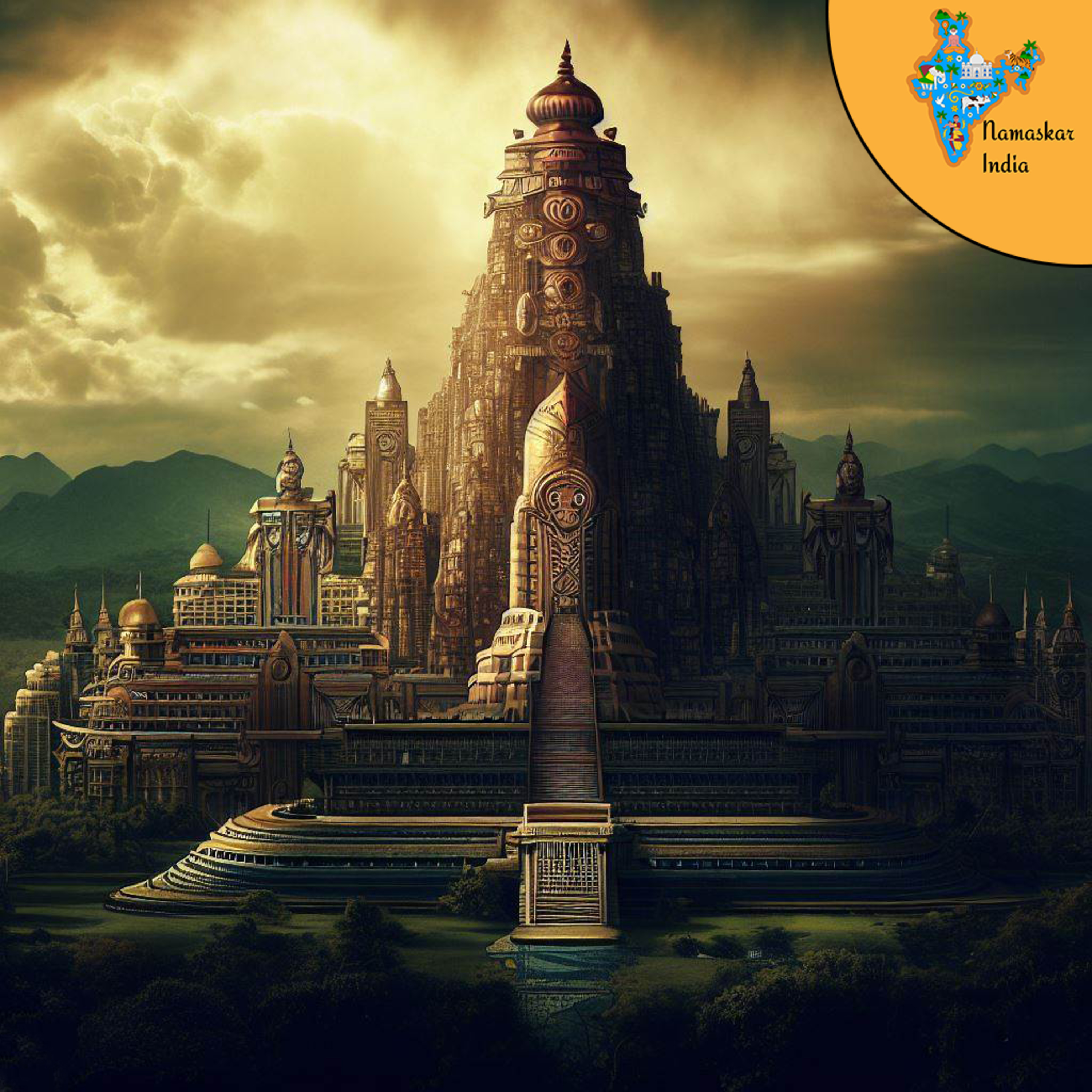 Namaskar India - Tales from Indian History and MythologyEmergence of a Hidden Power: The Rise of the Gupta Empire | Ancient Indian History SeriesWe will learn about the reason why the Kushan Empire established feudalism in contrast to the centralized administrative and governance system which the previous Indian dynasties and empires used. After Kushans, the Gupta Empire rose to power under Chandragupta. But it was under Samudragupta, where it became powerful. We will learn about the strategies he employed in his conquests.Topic: History of India - Ancient India.Timeline: 320 CE - 375 CE2020-10-0513 min
Namaskar India - Tales from Indian History and MythologyEmergence of a Hidden Power: The Rise of the Gupta Empire | Ancient Indian History SeriesWe will learn about the reason why the Kushan Empire established feudalism in contrast to the centralized administrative and governance system which the previous Indian dynasties and empires used. After Kushans, the Gupta Empire rose to power under Chandragupta. But it was under Samudragupta, where it became powerful. We will learn about the strategies he employed in his conquests.Topic: History of India - Ancient India.Timeline: 320 CE - 375 CE2020-10-0513 min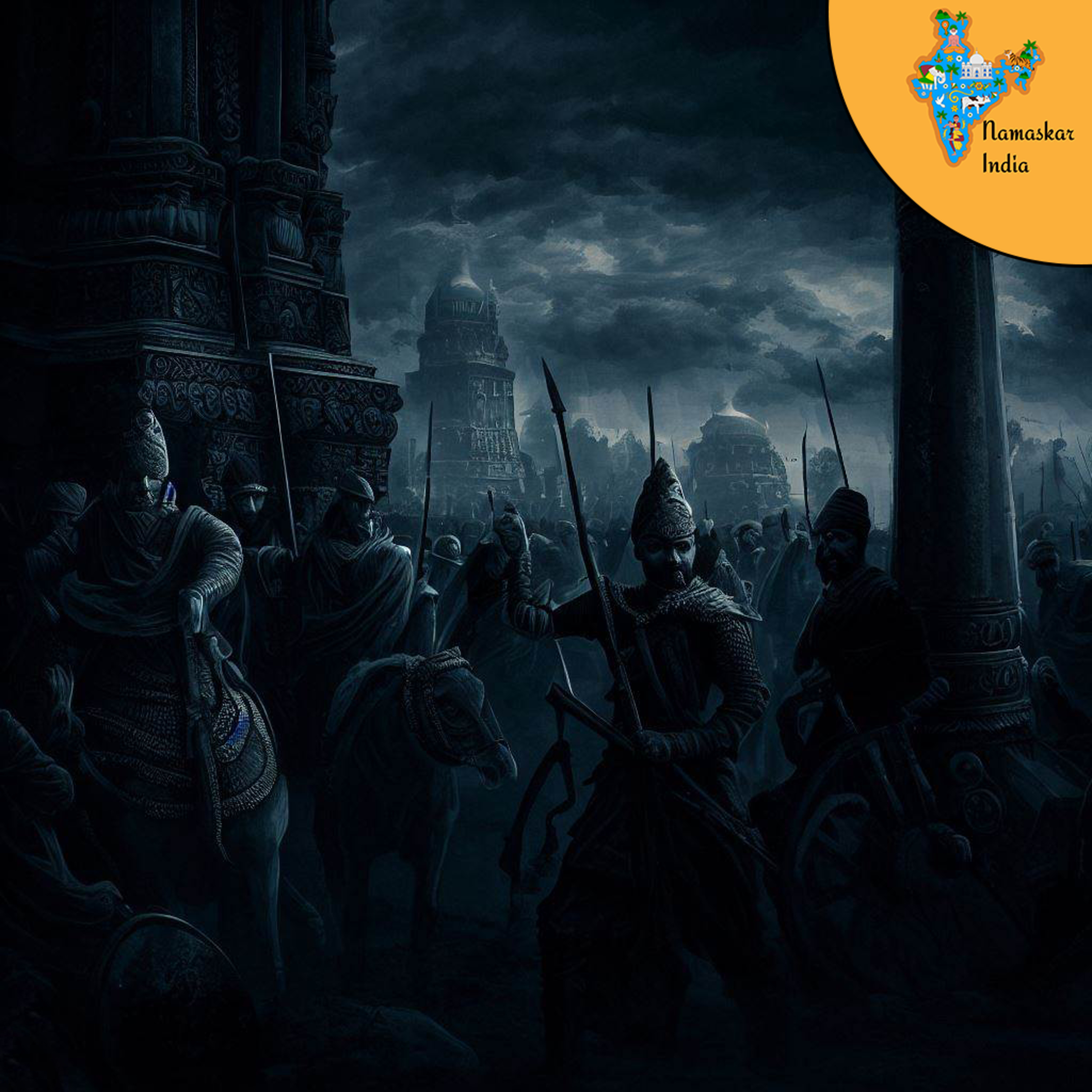 Namaskar India - Tales from Indian History and MythologyThe Dark Age: Tracing the Impact of the Great Wall of China on Indian History | Ancient Indian History SeriesToday we will learn how the construction of the Great Wall of China impacted the history of India by setting off a domino effect resulting in yet another series of invasions. And we will unravel the mystery of why this time is called the Dark Age?Topic: History of India - Ancient India.Timeline: 220 BCE - 320 CE.2020-09-2811 min
Namaskar India - Tales from Indian History and MythologyThe Dark Age: Tracing the Impact of the Great Wall of China on Indian History | Ancient Indian History SeriesToday we will learn how the construction of the Great Wall of China impacted the history of India by setting off a domino effect resulting in yet another series of invasions. And we will unravel the mystery of why this time is called the Dark Age?Topic: History of India - Ancient India.Timeline: 220 BCE - 320 CE.2020-09-2811 min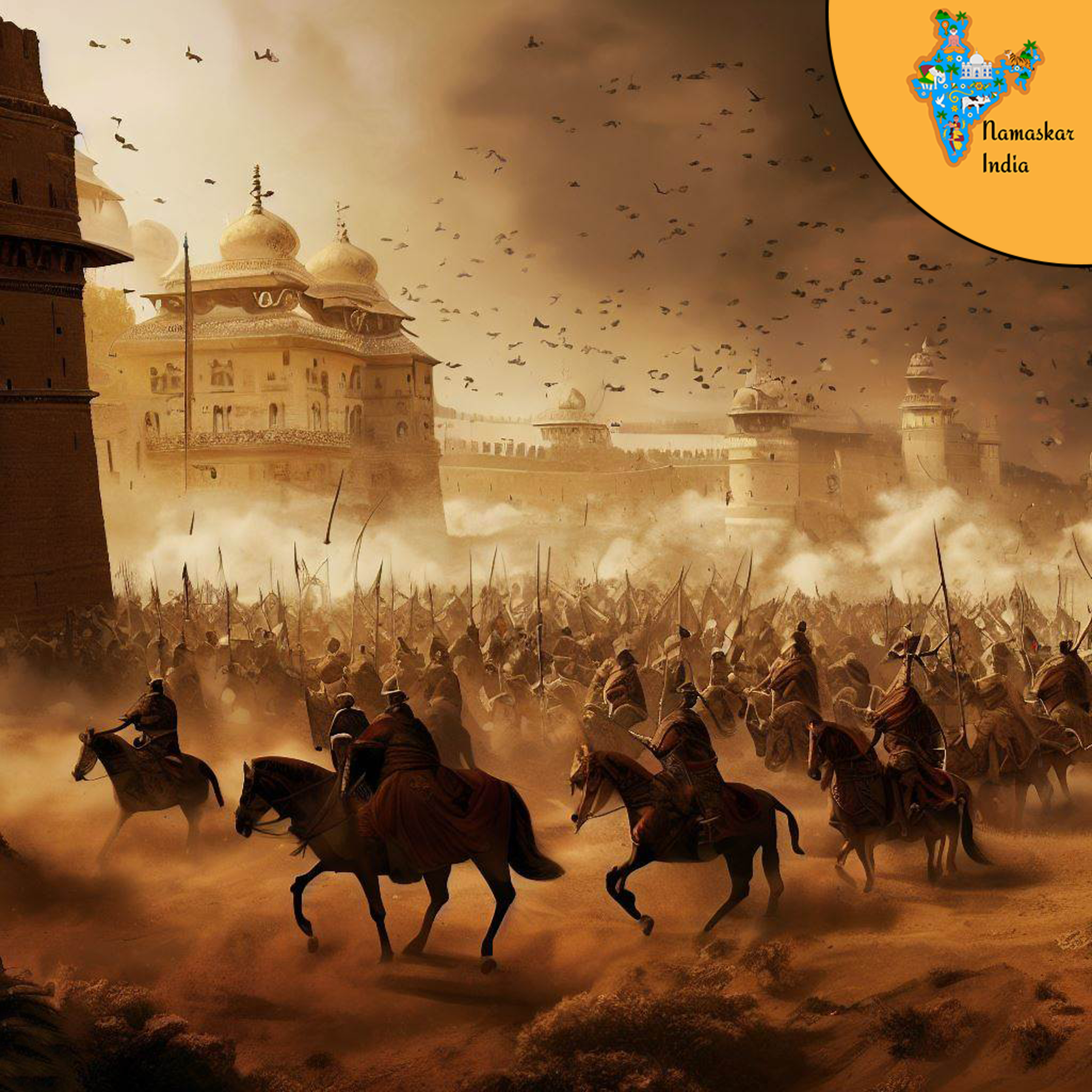 Namaskar India - Tales from Indian History and MythologyInvasions Galore: Foreign Powers in the Indian Subcontinent | Ancient Indian History SeriesWe will talk about the foreign powers who invaded and ruled over the Indian subcontinent, after the fall of the Mauryan Empire.Topic: History of India - Ancient India.Timeline: 250 BCE - 130 BCE.2020-09-2107 min
Namaskar India - Tales from Indian History and MythologyInvasions Galore: Foreign Powers in the Indian Subcontinent | Ancient Indian History SeriesWe will talk about the foreign powers who invaded and ruled over the Indian subcontinent, after the fall of the Mauryan Empire.Topic: History of India - Ancient India.Timeline: 250 BCE - 130 BCE.2020-09-2107 min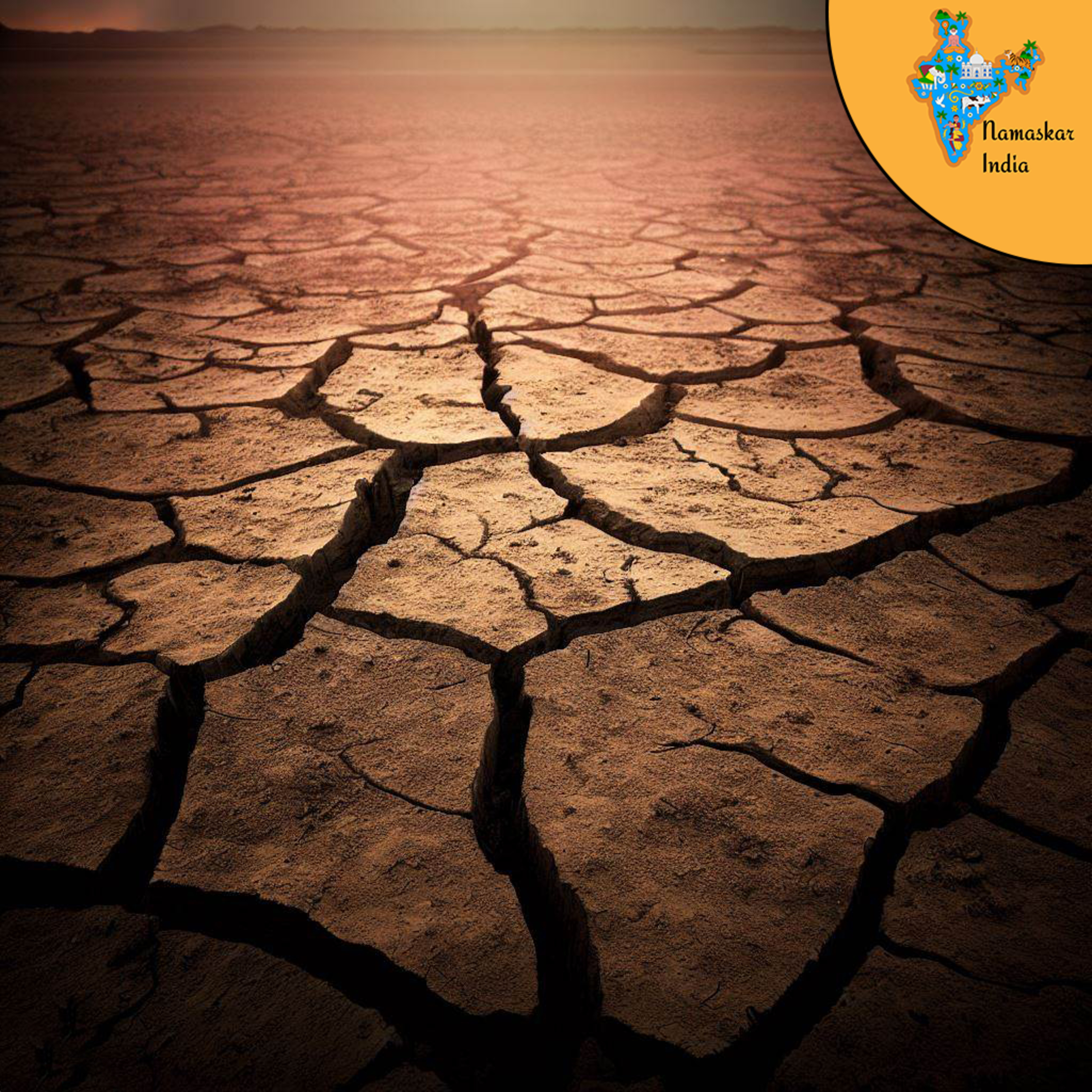 Namaskar India - Tales from Indian History and MythologySplinters and Fragments: Regional Powers and the Fragmented Kingdoms | Ancient Indian History SeriesWe will talk about the Indian Dynasties, who, after the fall of the Maurya Empire, ruled various parts of India, while foreign invaders were lurking around the corners of the subcontinent.Topic: History of India - Ancient India.Timeline: 185 BCE - 225 CE.2020-09-1415 min
Namaskar India - Tales from Indian History and MythologySplinters and Fragments: Regional Powers and the Fragmented Kingdoms | Ancient Indian History SeriesWe will talk about the Indian Dynasties, who, after the fall of the Maurya Empire, ruled various parts of India, while foreign invaders were lurking around the corners of the subcontinent.Topic: History of India - Ancient India.Timeline: 185 BCE - 225 CE.2020-09-1415 min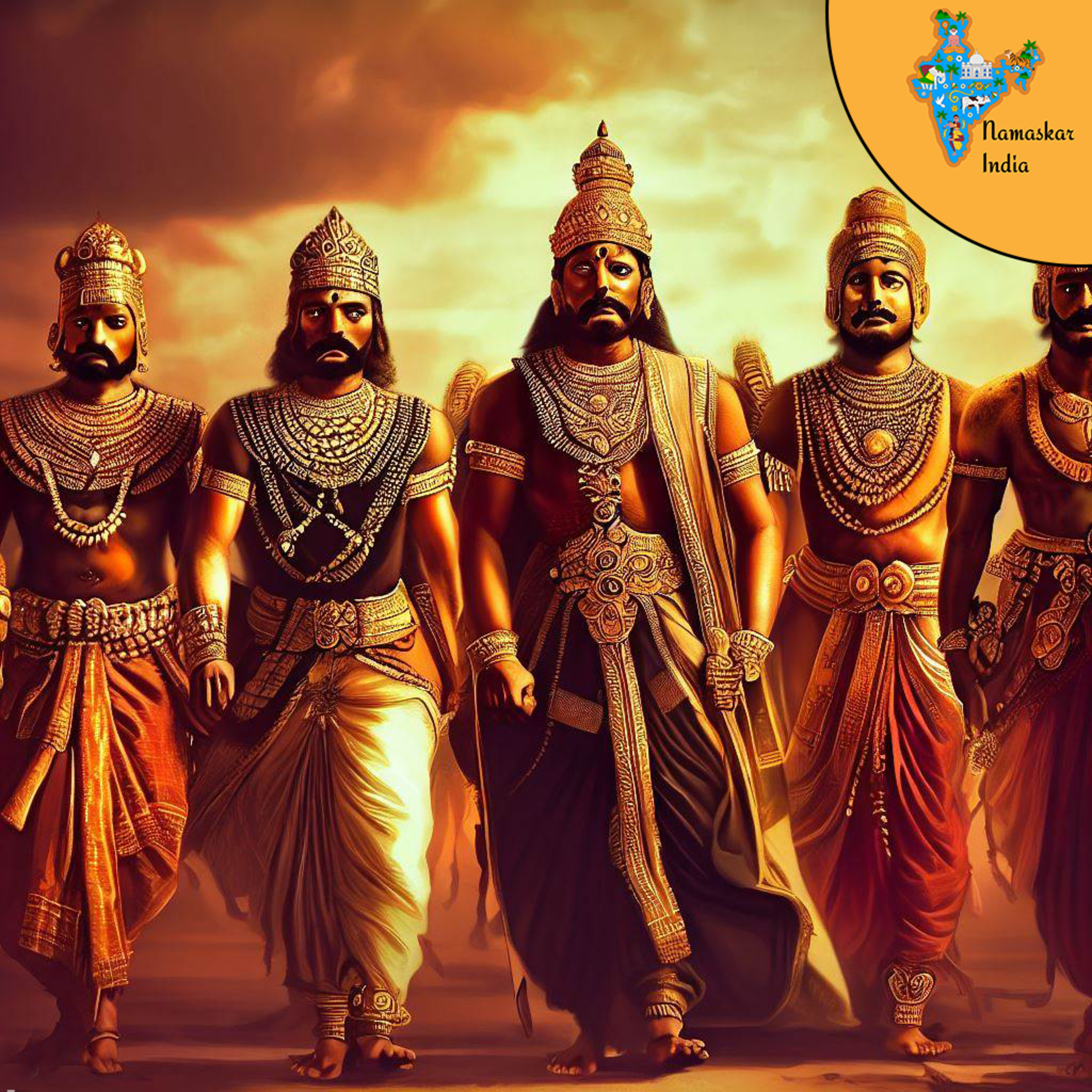 Namaskar India - Tales from Indian History and MythologyThe Realm of Tamil Dynasties: Tracing the Legacy of Pandyas, Cholas, and Cheras | Ancient Indian History SeriesWe will talk about the lands deep south, the realm of three famous Tamil dynasties- Pandyas, Cholas & Cheras, collectively known as Tamilakam.Topic: History of India - Ancient India.Timeline: 600 BCE - 300 CE.--------- Guest details ---------Checkout the podcasts hosted by Shishir, The Creative Pod and The Human Channel at https://ashlercreatives.hubhopper.com2020-09-0712 min
Namaskar India - Tales from Indian History and MythologyThe Realm of Tamil Dynasties: Tracing the Legacy of Pandyas, Cholas, and Cheras | Ancient Indian History SeriesWe will talk about the lands deep south, the realm of three famous Tamil dynasties- Pandyas, Cholas & Cheras, collectively known as Tamilakam.Topic: History of India - Ancient India.Timeline: 600 BCE - 300 CE.--------- Guest details ---------Checkout the podcasts hosted by Shishir, The Creative Pod and The Human Channel at https://ashlercreatives.hubhopper.com2020-09-0712 min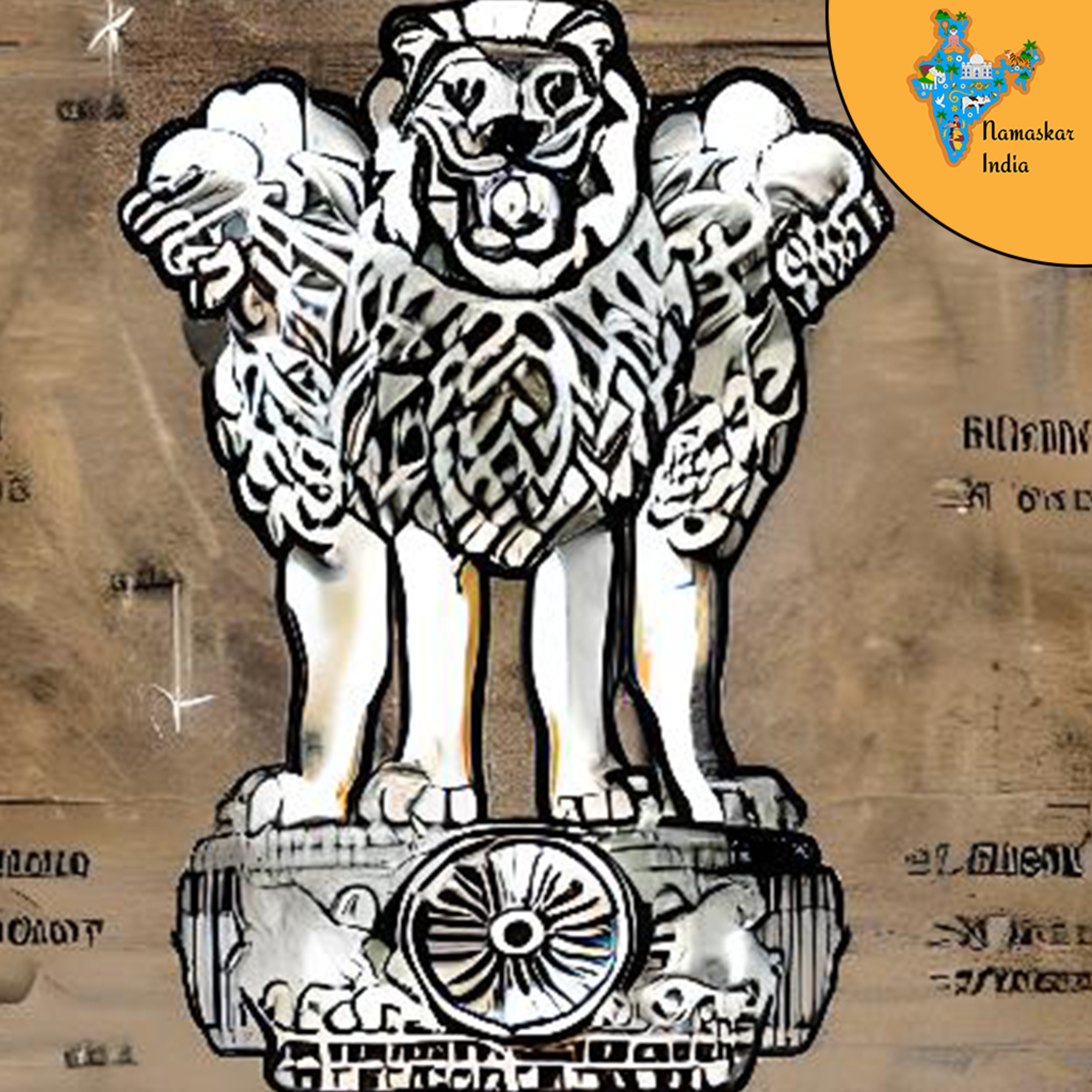 Namaskar India - Tales from Indian History and MythologyState Emblem of India: A Symbol of Unity and Sovereignty | Ancient Indian History SeriesWhat is the National Emblem of the Republic of India? Which emblem do we see in front of every government document and building, on every Indian currency and on Indian passport? Along with the words “Satyamev Jayate”.Topic: History of India - Ancient India.2020-08-3106 min
Namaskar India - Tales from Indian History and MythologyState Emblem of India: A Symbol of Unity and Sovereignty | Ancient Indian History SeriesWhat is the National Emblem of the Republic of India? Which emblem do we see in front of every government document and building, on every Indian currency and on Indian passport? Along with the words “Satyamev Jayate”.Topic: History of India - Ancient India.2020-08-3106 min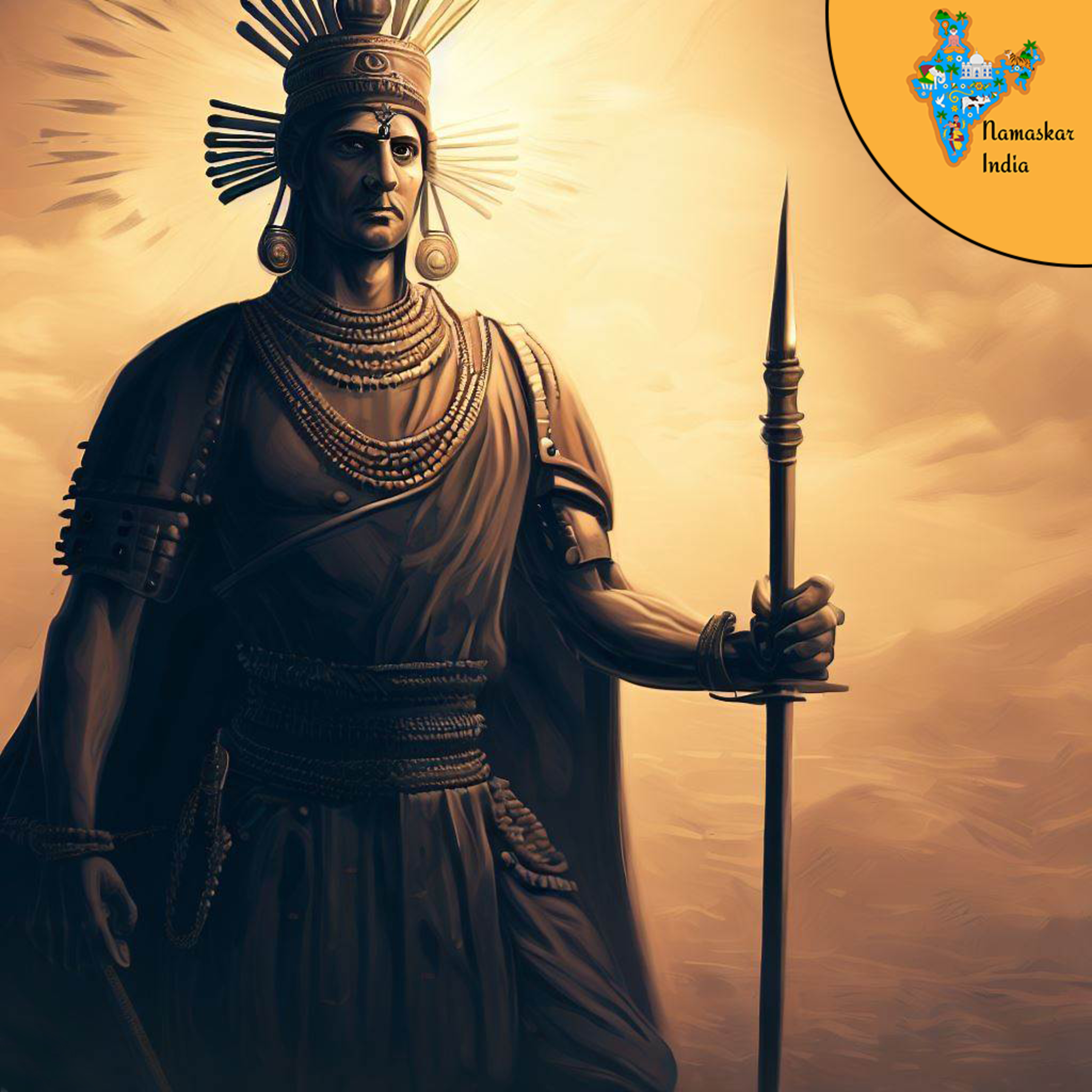 Namaskar India - Tales from Indian History and MythologyAshoka: A Journey from Monarch to Monk | Ancient Indian History SeriesAmidst the tens of thousands of names of monarchs that crowd the columns of history, their majesties and graciousnesses and serenities and royal highnesses and the like, the name of Ashoka shines, and shines bright. Have you wondered why?Topic: History of India - Ancient India.Timeline: 265 BCE - 185 BCE.2020-08-2414 min
Namaskar India - Tales from Indian History and MythologyAshoka: A Journey from Monarch to Monk | Ancient Indian History SeriesAmidst the tens of thousands of names of monarchs that crowd the columns of history, their majesties and graciousnesses and serenities and royal highnesses and the like, the name of Ashoka shines, and shines bright. Have you wondered why?Topic: History of India - Ancient India.Timeline: 265 BCE - 185 BCE.2020-08-2414 min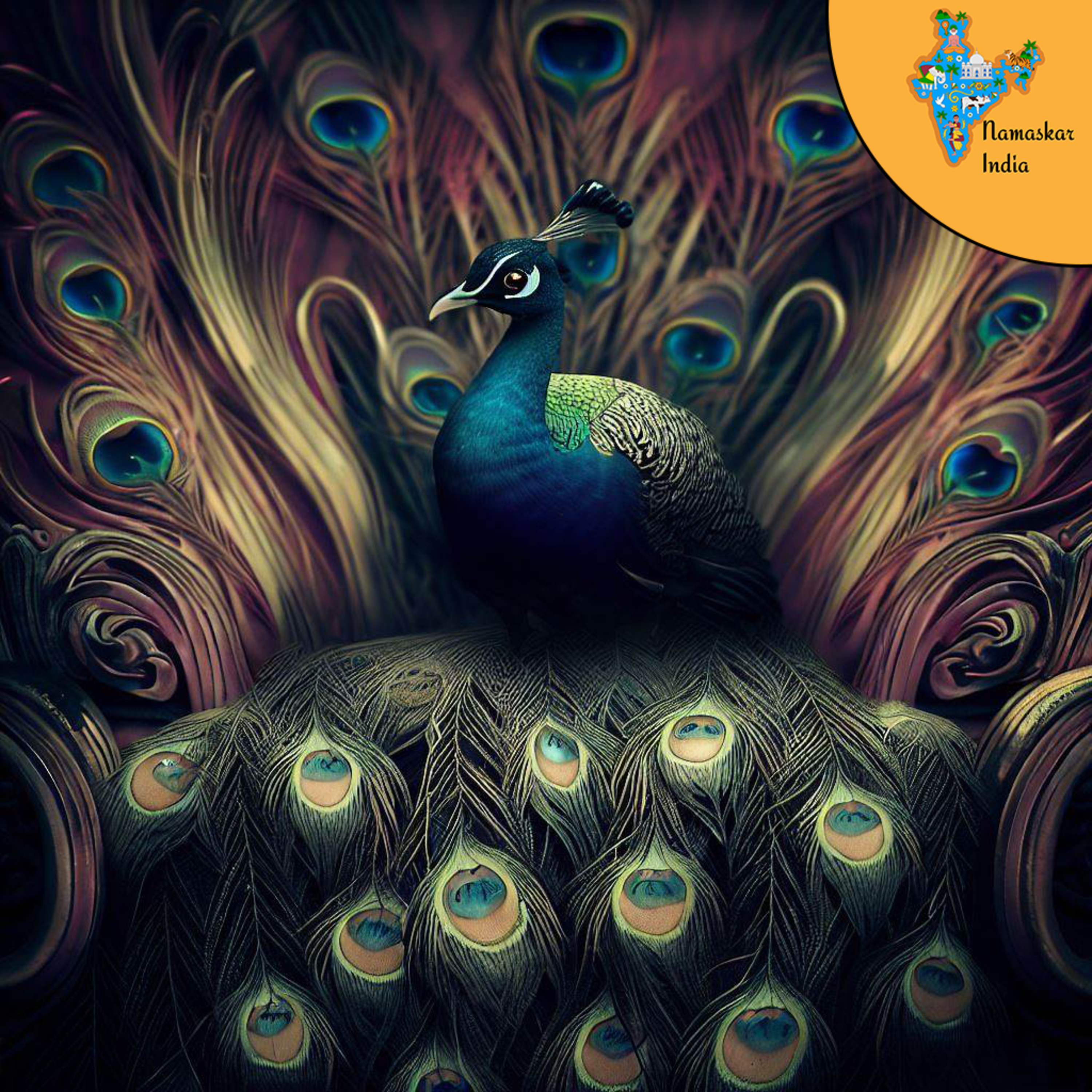 Namaskar India - Tales from Indian History and MythologyEra of the Peacock: Tracing the Legacy of the Mauryan Empire | Ancient Indian History SeriesThe Mauryan Empire was the largest political entity that has existed in the Indian subcontinent. We will meet the rulers of the empire, who worked really hard to take it to its heights.Topic: History of India - Ancient India.Timeline: 322 BCE - 265 BCE2020-08-1712 min
Namaskar India - Tales from Indian History and MythologyEra of the Peacock: Tracing the Legacy of the Mauryan Empire | Ancient Indian History SeriesThe Mauryan Empire was the largest political entity that has existed in the Indian subcontinent. We will meet the rulers of the empire, who worked really hard to take it to its heights.Topic: History of India - Ancient India.Timeline: 322 BCE - 265 BCE2020-08-1712 min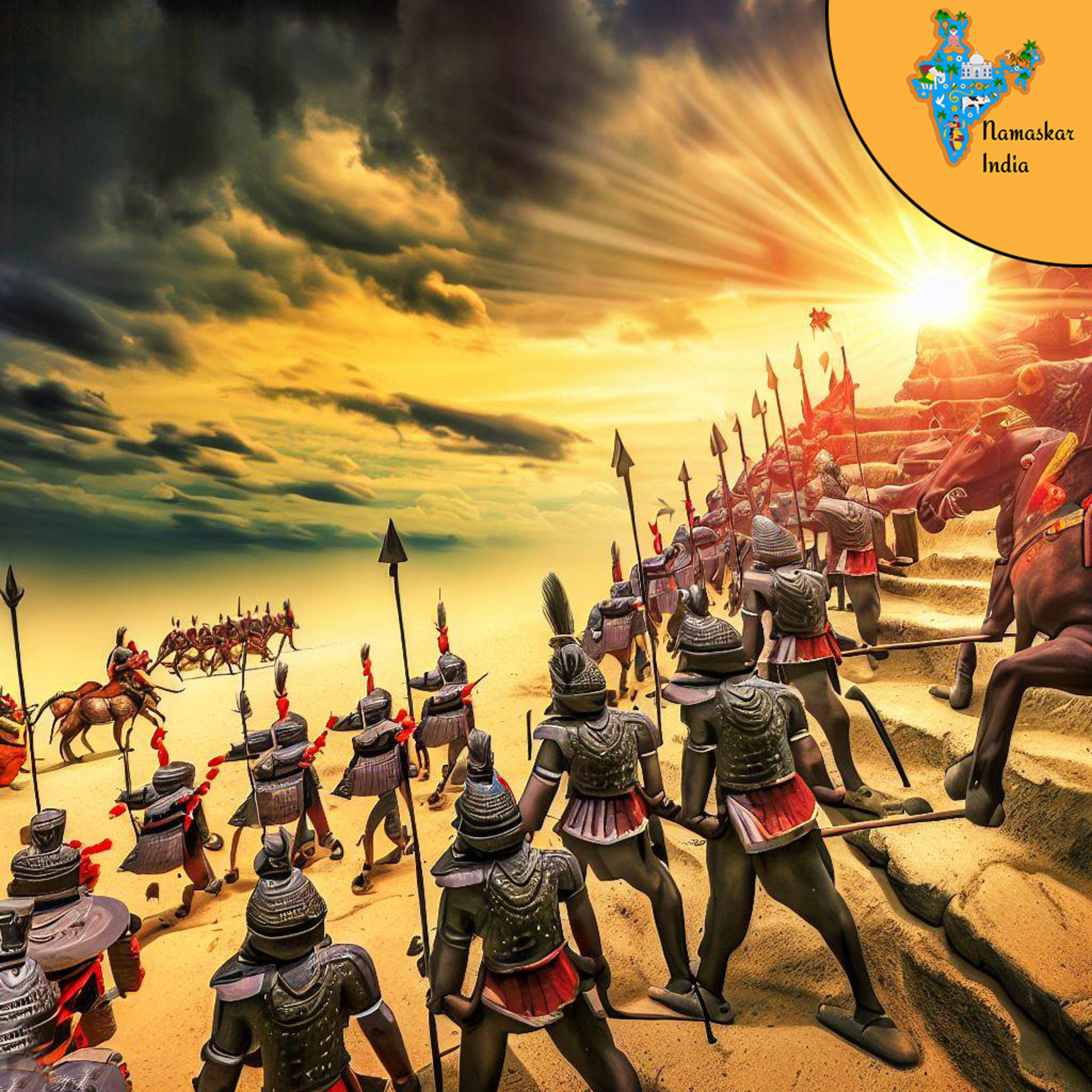 Namaskar India - Tales from Indian History and MythologyAscent of an Empire: The Rise of the Mauryan Empire | Ancient Indian History SeriesWe will meet those heroes who laid the foundation of the first empire in the Indian subcontinent. They not only were courageous but also very smart and analyzed the chaotic situation around them very well and made the right moves at the right time.Topic: History of India - Ancient India.Timeline: 345 BCE - 322 BCE.2020-08-0910 min
Namaskar India - Tales from Indian History and MythologyAscent of an Empire: The Rise of the Mauryan Empire | Ancient Indian History SeriesWe will meet those heroes who laid the foundation of the first empire in the Indian subcontinent. They not only were courageous but also very smart and analyzed the chaotic situation around them very well and made the right moves at the right time.Topic: History of India - Ancient India.Timeline: 345 BCE - 322 BCE.2020-08-0910 min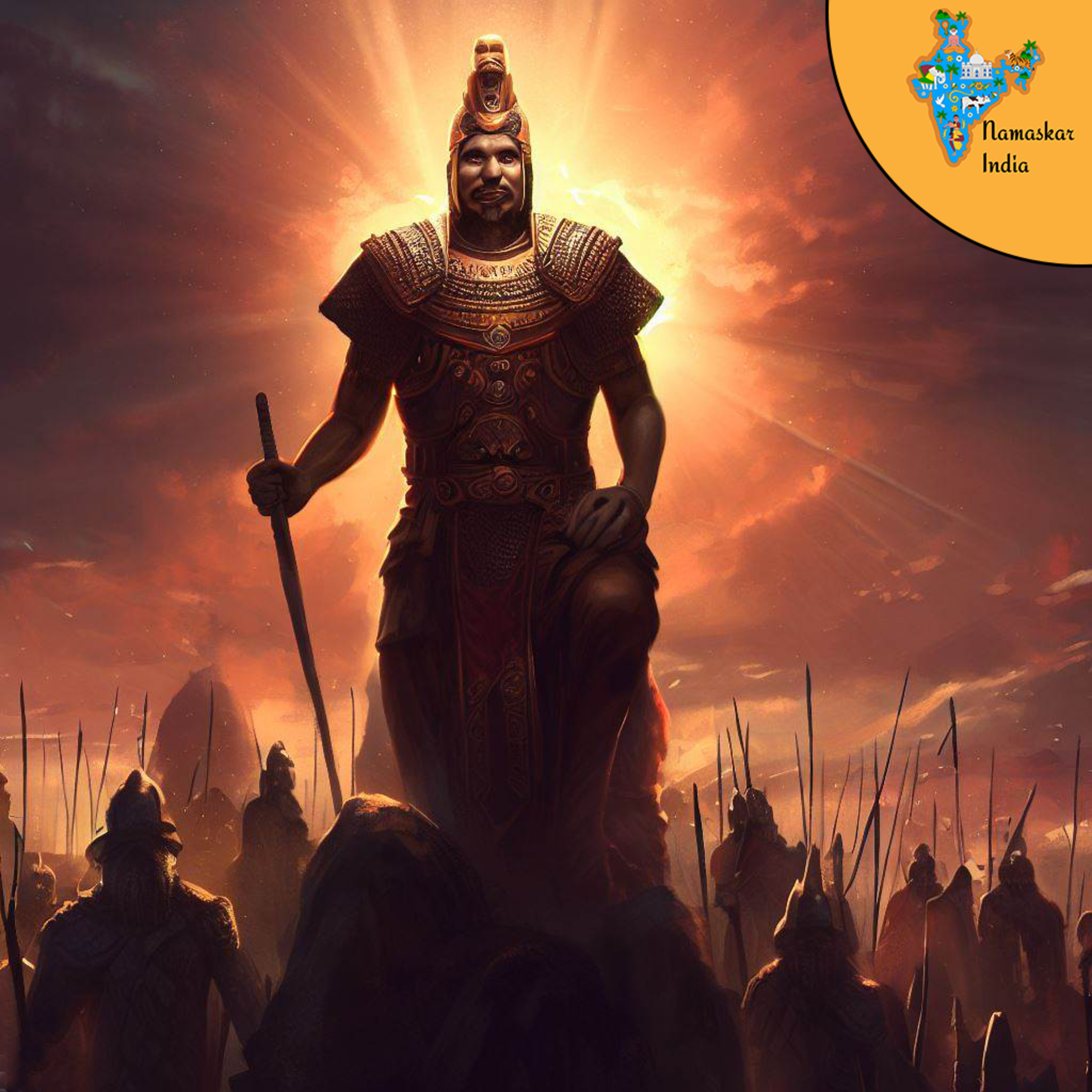 Namaskar India - Tales from Indian History and MythologyThe Rise of Dynasties: Mahajanapadas and the Rise of Magadh | Ancient Indian History SeriesWe will find out who will become the winner amongst the Mahajanpadas in the conquest of power and resources? And will also bear witness to the rise of dynasties in the Indian subcontinent.Topic: History of India - Ancient India.Timeline: 550 BCE - 345 BCE.2020-08-0311 min
Namaskar India - Tales from Indian History and MythologyThe Rise of Dynasties: Mahajanapadas and the Rise of Magadh | Ancient Indian History SeriesWe will find out who will become the winner amongst the Mahajanpadas in the conquest of power and resources? And will also bear witness to the rise of dynasties in the Indian subcontinent.Topic: History of India - Ancient India.Timeline: 550 BCE - 345 BCE.2020-08-0311 min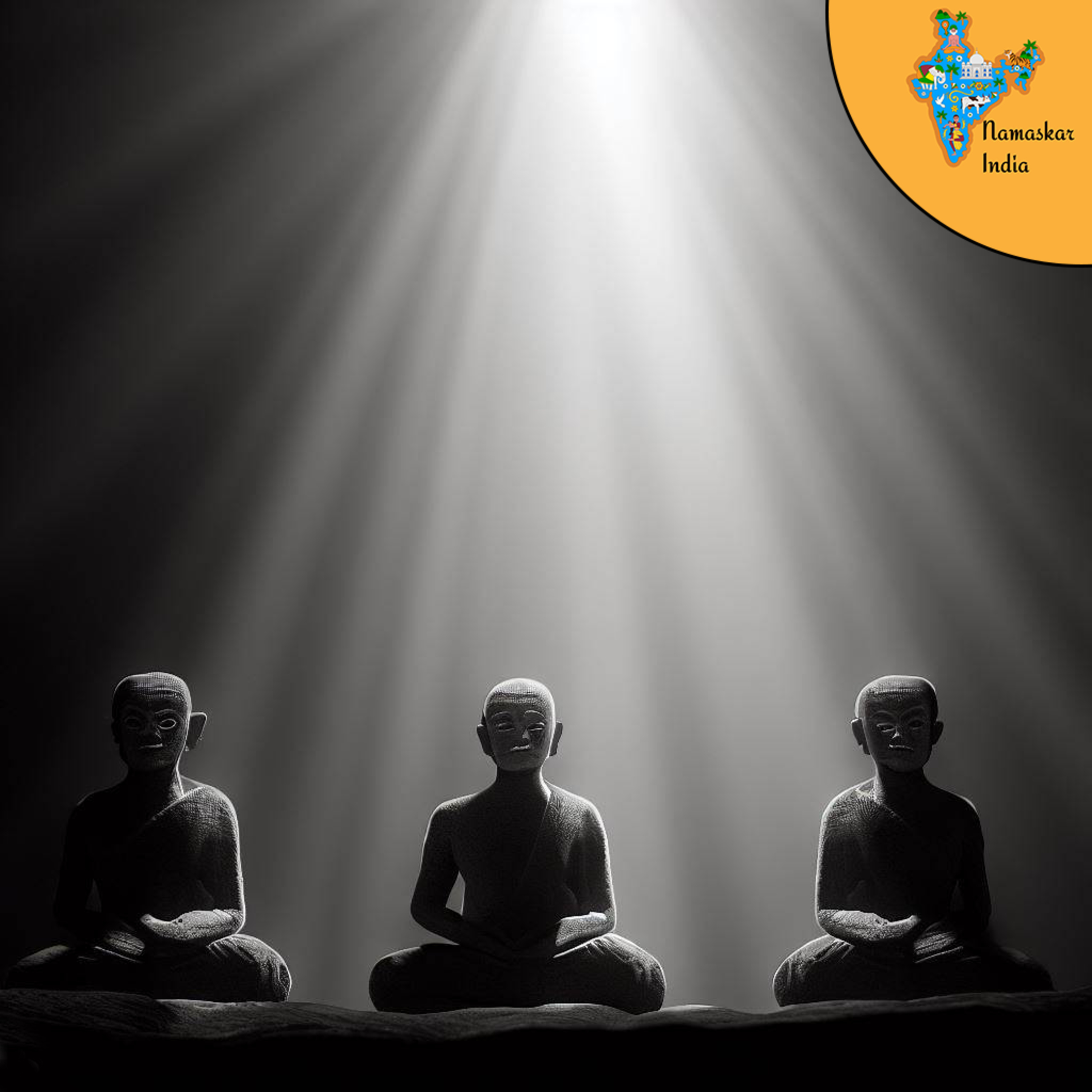 Namaskar India - Tales from Indian History and MythologyThe Enlightened Ones: The Emergence of Buddhism and Jainism | Ancient Indian History SeriesWhy there are so many religions and why do we have them anyway? What were the religious transformations the society was going through during this time period? Till now Hinduism was the only player. But that was about to change very soon.Topic: History of India - Ancient India.Timeline: 600 BCE - 500 BCE.2020-07-2614 min
Namaskar India - Tales from Indian History and MythologyThe Enlightened Ones: The Emergence of Buddhism and Jainism | Ancient Indian History SeriesWhy there are so many religions and why do we have them anyway? What were the religious transformations the society was going through during this time period? Till now Hinduism was the only player. But that was about to change very soon.Topic: History of India - Ancient India.Timeline: 600 BCE - 500 BCE.2020-07-2614 min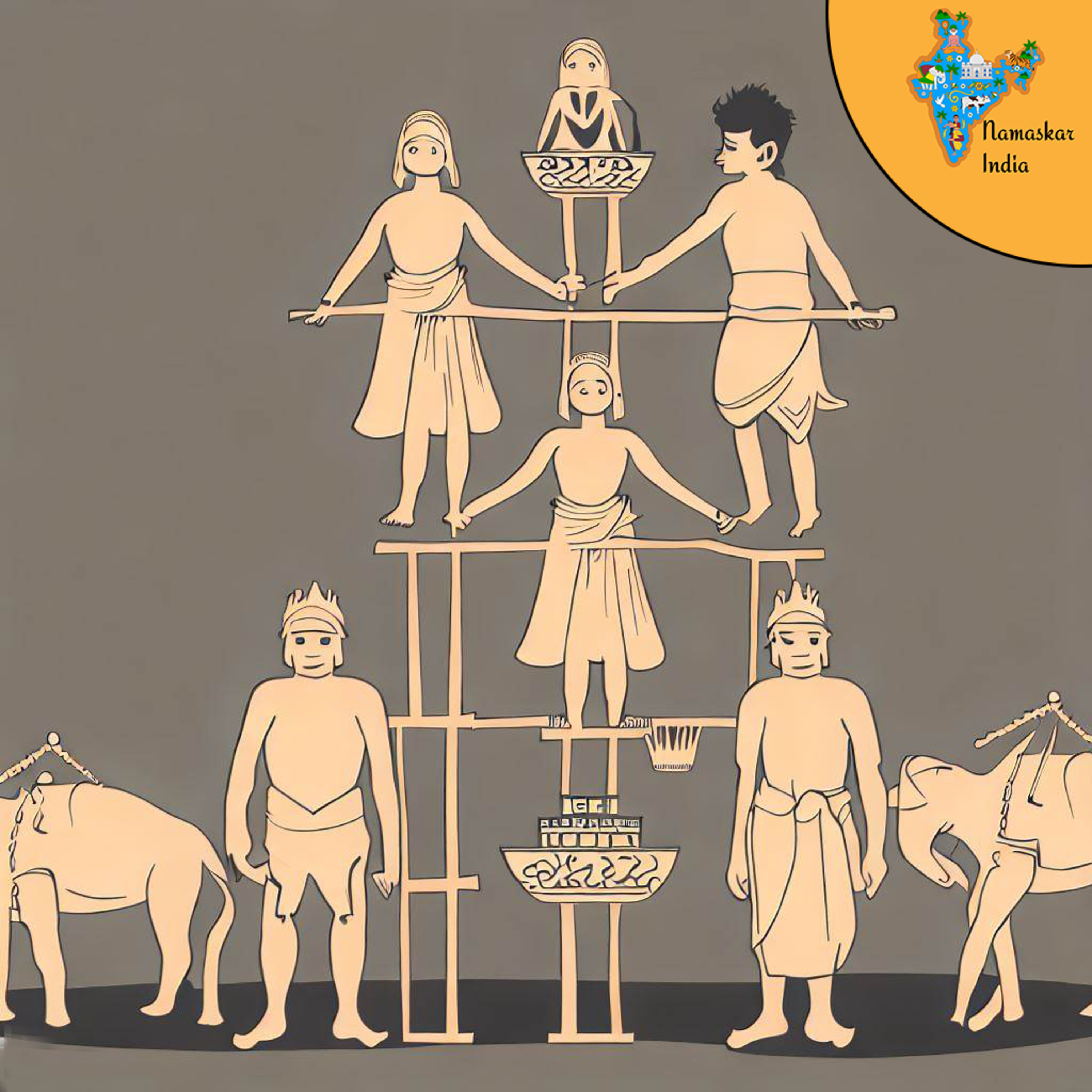 Namaskar India - Tales from Indian History and MythologyVarna Vyavastha: The Divine Theory of Caste in India | Ancient Indian History SeriesIn this special episode, we will talk about the so-called caste system and the divine theory associated with it. And why it made sense in historic times but not anymore.Topic: History of India - Ancient India2020-07-1908 min
Namaskar India - Tales from Indian History and MythologyVarna Vyavastha: The Divine Theory of Caste in India | Ancient Indian History SeriesIn this special episode, we will talk about the so-called caste system and the divine theory associated with it. And why it made sense in historic times but not anymore.Topic: History of India - Ancient India2020-07-1908 min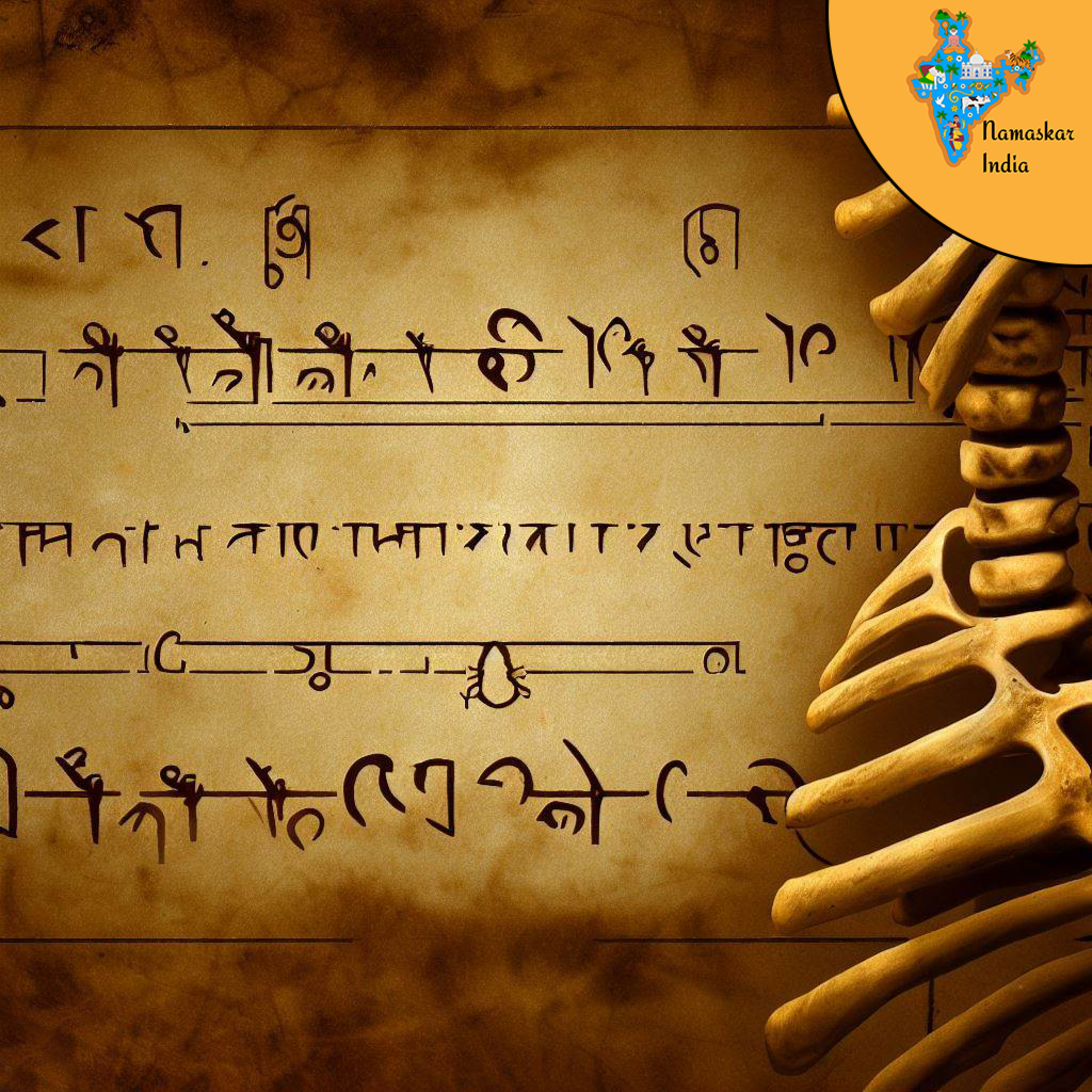 Namaskar India - Tales from Indian History and MythologyThrough the Lens of the Present: How Linguistics, Archaeology, and Genetics are Changing Our Understanding of India's Past | Ancient Indian History SeriesIn this special episode, we will talk about linguistics, archaeology and DNA genetics studies, which helped us in unraveling many mysteries of our history.Topic: History of India - Ancient India.2020-07-1306 min
Namaskar India - Tales from Indian History and MythologyThrough the Lens of the Present: How Linguistics, Archaeology, and Genetics are Changing Our Understanding of India's Past | Ancient Indian History SeriesIn this special episode, we will talk about linguistics, archaeology and DNA genetics studies, which helped us in unraveling many mysteries of our history.Topic: History of India - Ancient India.2020-07-1306 min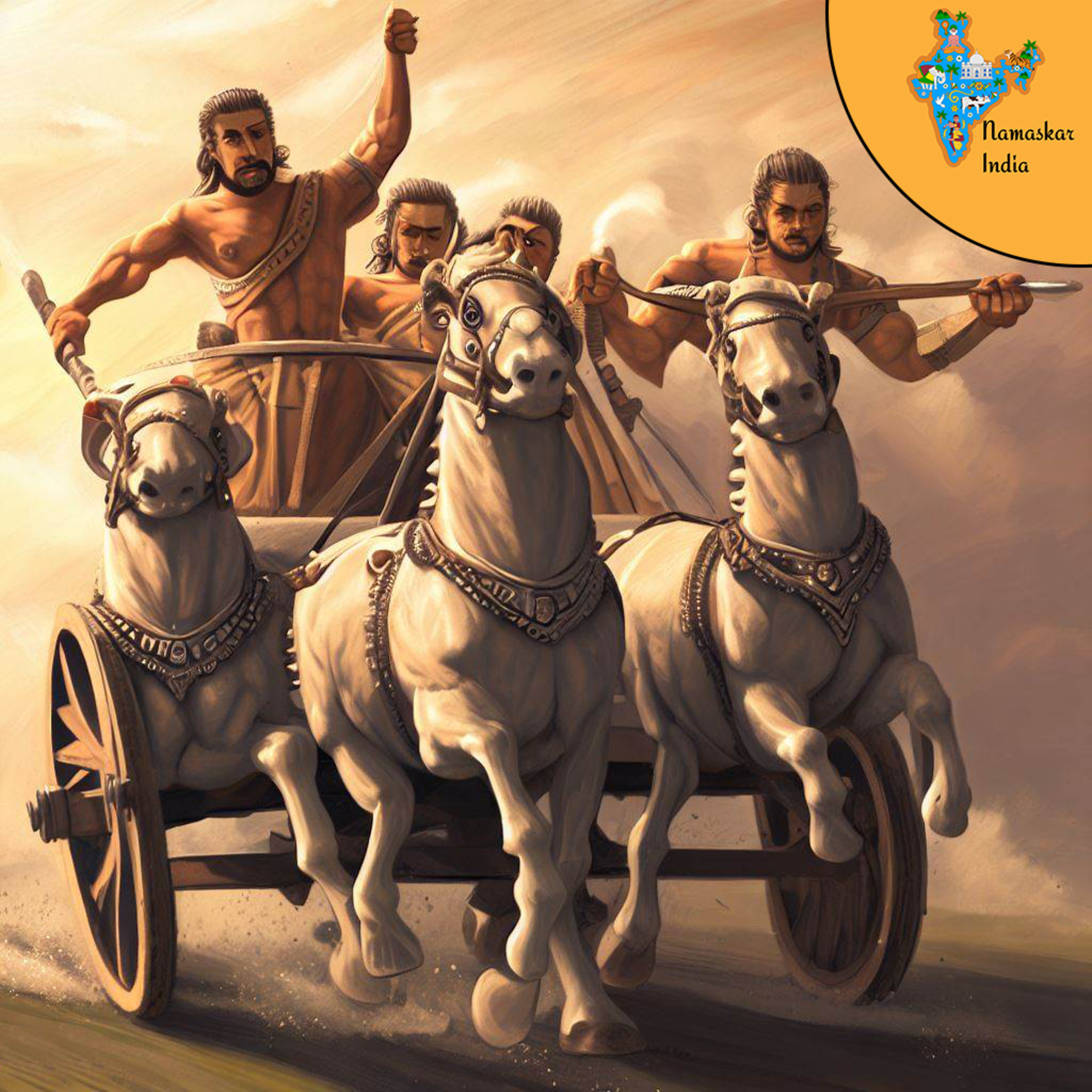 Namaskar India - Tales from Indian History and MythologyAryavarta: The Aryans and Their Homeland | Ancient Indian History SeriesWho were the Aryans? Where did they come from? Why do Sanskrit has a lot of similarities with Indo-European languages like Latin & Greek? Why do a lot of Rigvedic gods have a lot of similarities with Greek mythology gods? We will find out answers to these intriguing questions and more. Topic: History of India - Ancient India.Timeline: 4000 BCE - 500 BCE. 2020-07-0517 min
Namaskar India - Tales from Indian History and MythologyAryavarta: The Aryans and Their Homeland | Ancient Indian History SeriesWho were the Aryans? Where did they come from? Why do Sanskrit has a lot of similarities with Indo-European languages like Latin & Greek? Why do a lot of Rigvedic gods have a lot of similarities with Greek mythology gods? We will find out answers to these intriguing questions and more. Topic: History of India - Ancient India.Timeline: 4000 BCE - 500 BCE. 2020-07-0517 min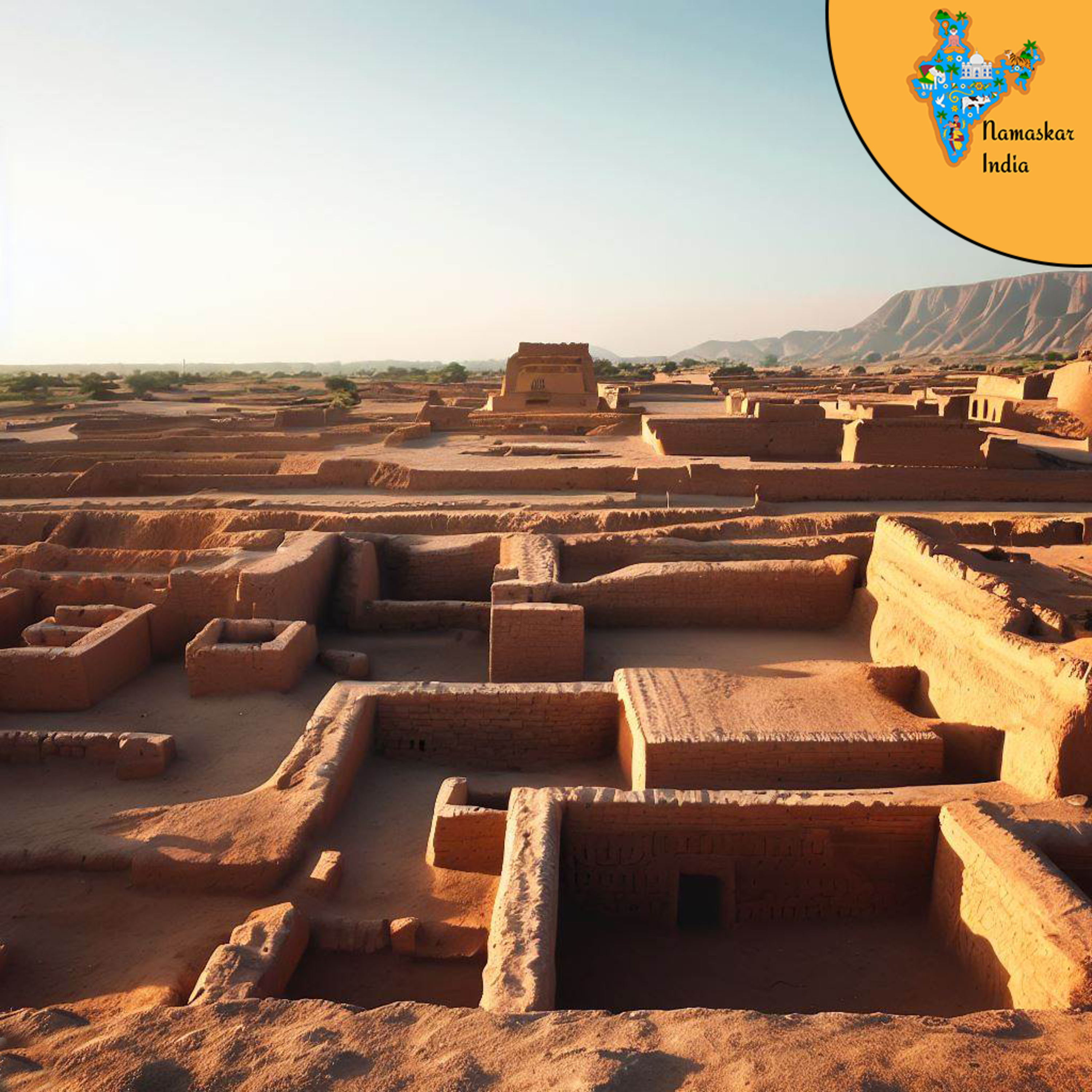 Namaskar India - Tales from Indian History and MythologyThe Rise of Civilization: Indus Valley Civilization and the Cities of Mohenjo-Daro and Harappa | Ancient Indian History SeriesDo you know what are the other names of our country and how those happened to be? We will also find out about how life used to be in the Indus Valley Civilization and about the major power hubs of that time. And what was the reason for its disappearance?Topic: History of India - Ancient India.Timeline: 2800 BCE - 1800 BCE.2020-06-2810 min
Namaskar India - Tales from Indian History and MythologyThe Rise of Civilization: Indus Valley Civilization and the Cities of Mohenjo-Daro and Harappa | Ancient Indian History SeriesDo you know what are the other names of our country and how those happened to be? We will also find out about how life used to be in the Indus Valley Civilization and about the major power hubs of that time. And what was the reason for its disappearance?Topic: History of India - Ancient India.Timeline: 2800 BCE - 1800 BCE.2020-06-2810 min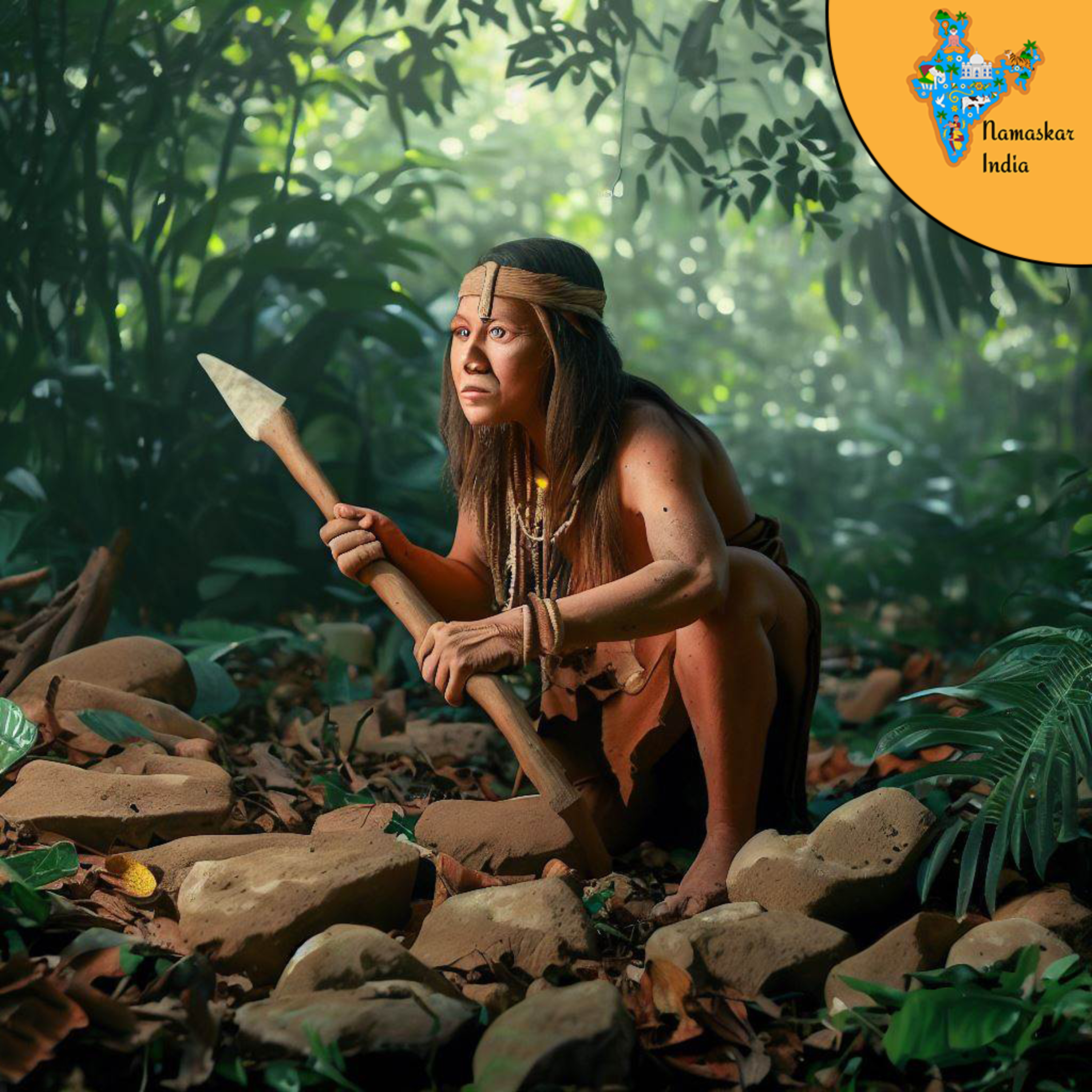 Namaskar India - Tales from Indian History and MythologyThe Beginning: Tracing the Evolution of Humans and Civilization | Ancient Indian History SeriesLet us embark on the journey to understand the India we live in today. Do you think its past or its history has any impact on it? Let us go back to the beginning of time and trace our steps to the present. Find out how humans evolved from apes, what transition they went through during Paleolithic, Mesolithic & Neolithic periods and how they reached the Indian subcontinent from Africa and laid foundations of one of the early civilizations.Topic: History of India - Ancient India.Timeline: prehistoric - 2800 BCE2020-06-2212 min
Namaskar India - Tales from Indian History and MythologyThe Beginning: Tracing the Evolution of Humans and Civilization | Ancient Indian History SeriesLet us embark on the journey to understand the India we live in today. Do you think its past or its history has any impact on it? Let us go back to the beginning of time and trace our steps to the present. Find out how humans evolved from apes, what transition they went through during Paleolithic, Mesolithic & Neolithic periods and how they reached the Indian subcontinent from Africa and laid foundations of one of the early civilizations.Topic: History of India - Ancient India.Timeline: prehistoric - 2800 BCE2020-06-2212 min